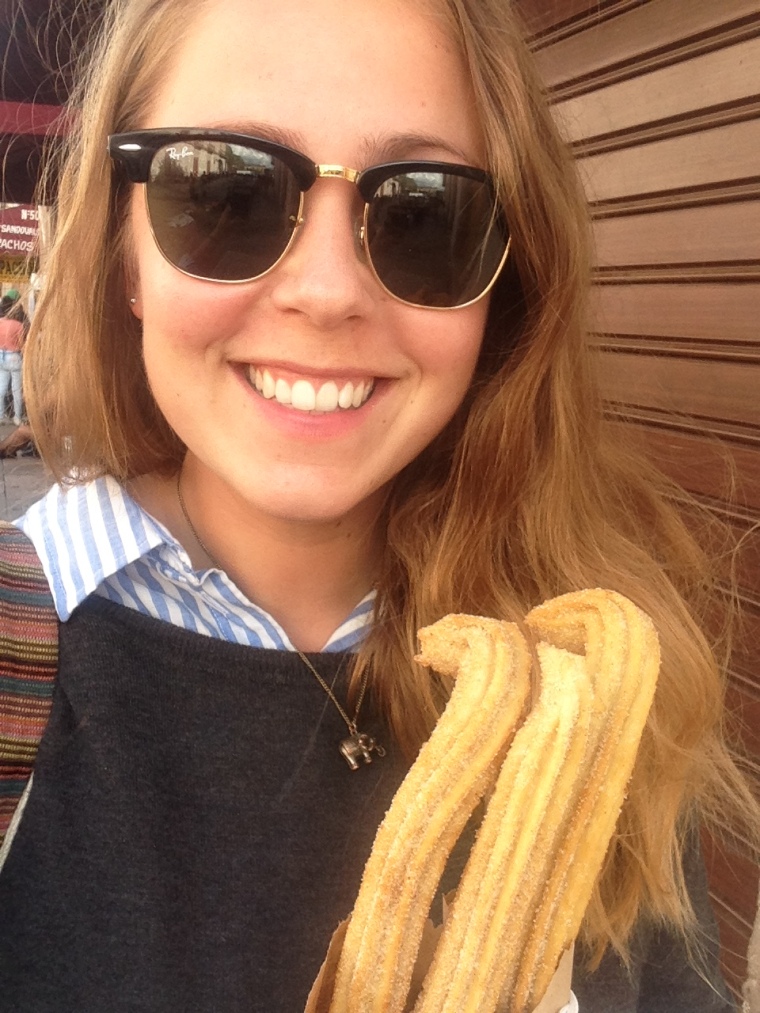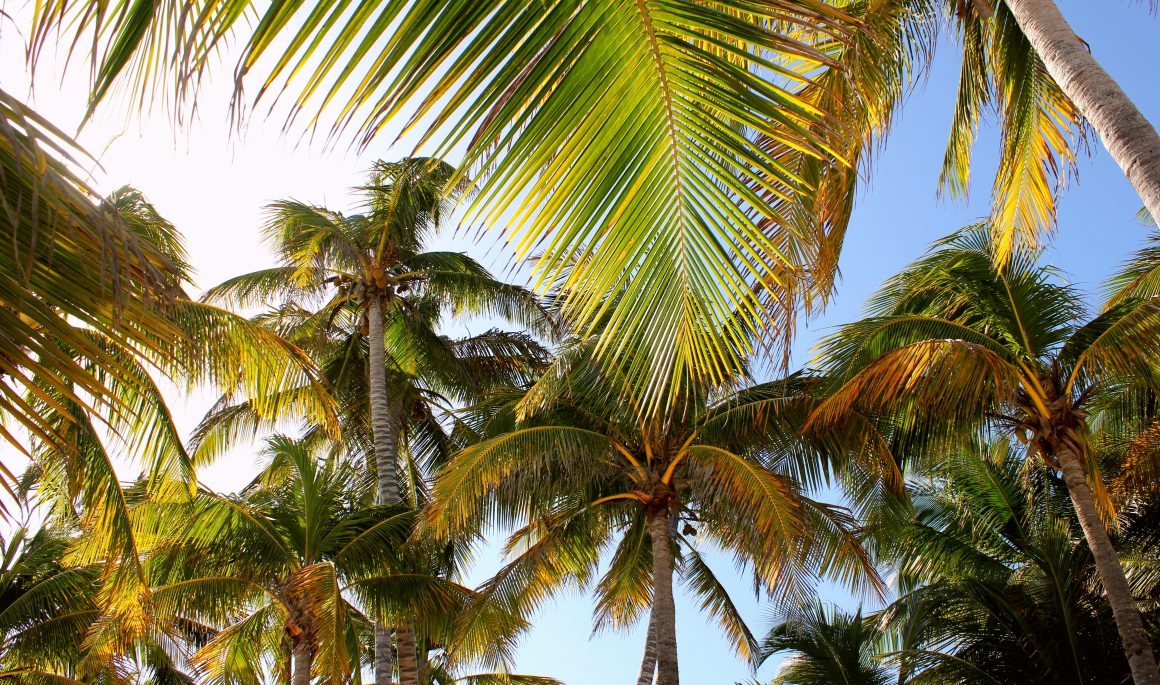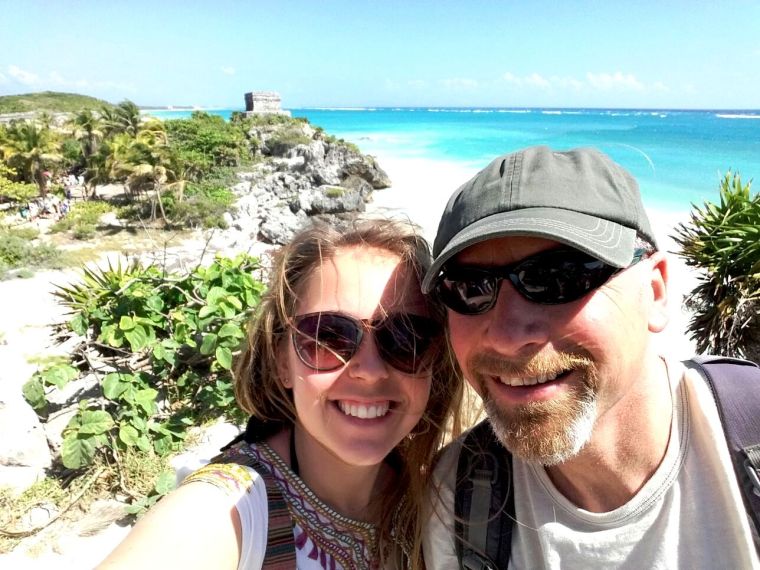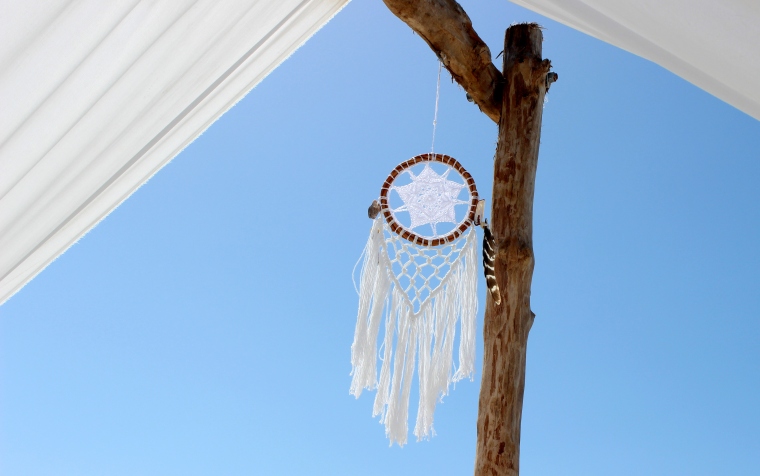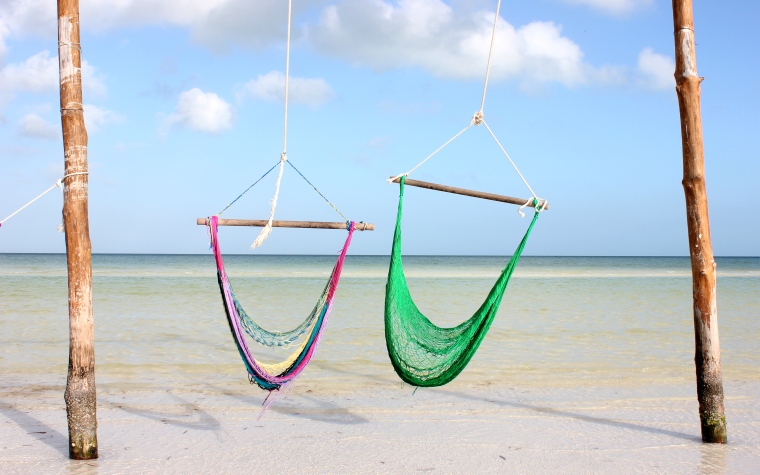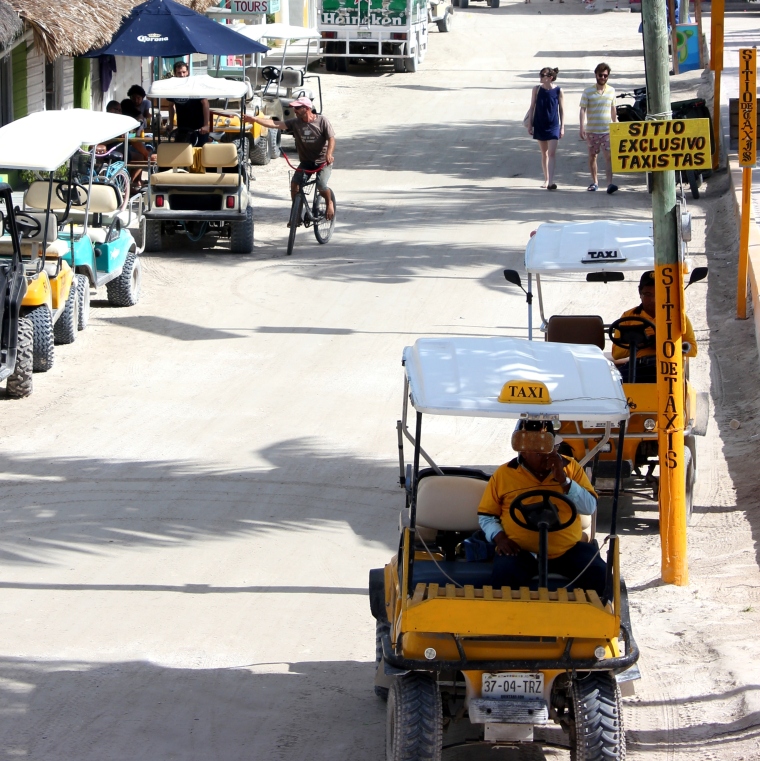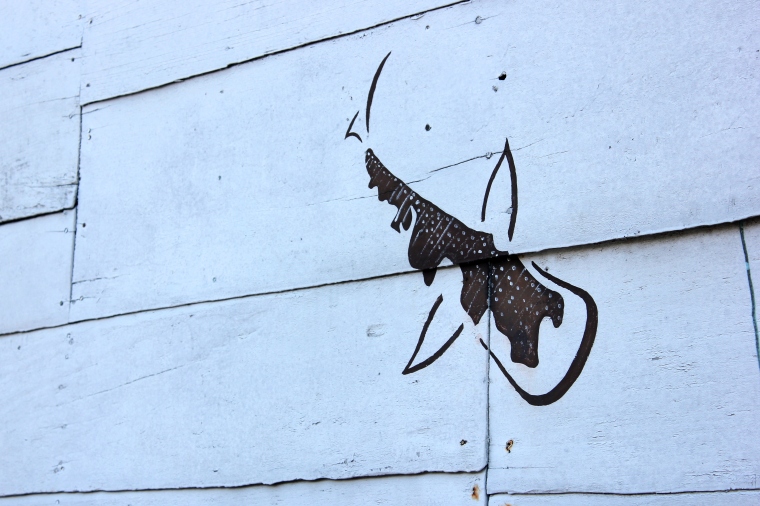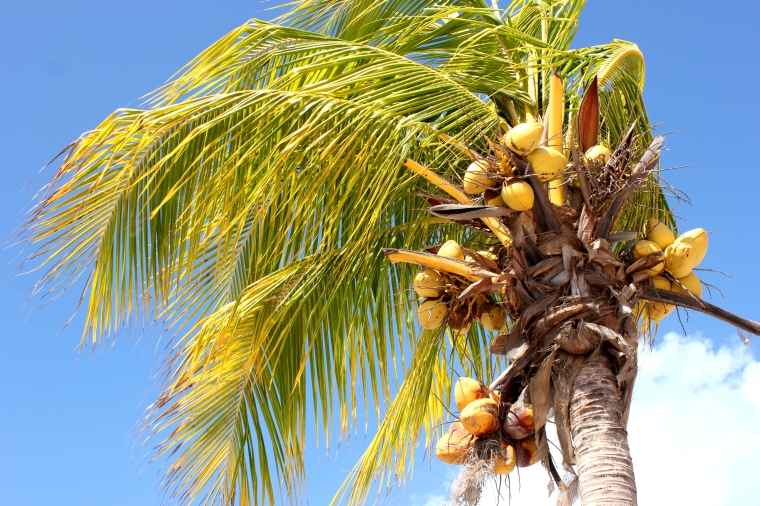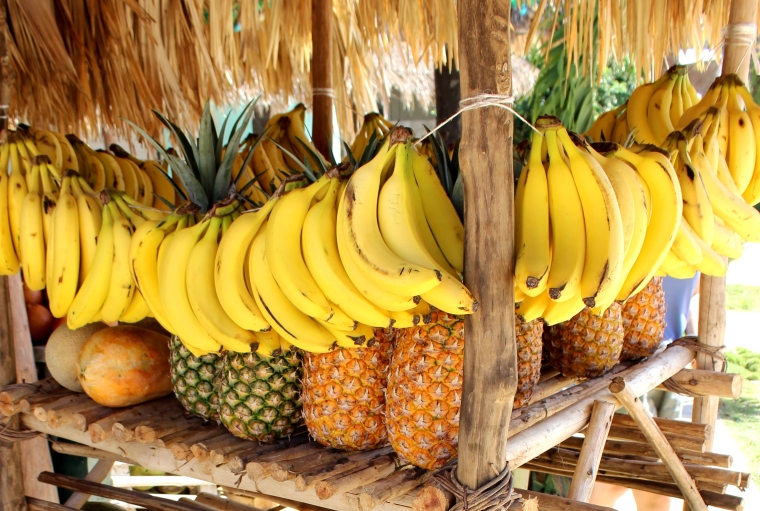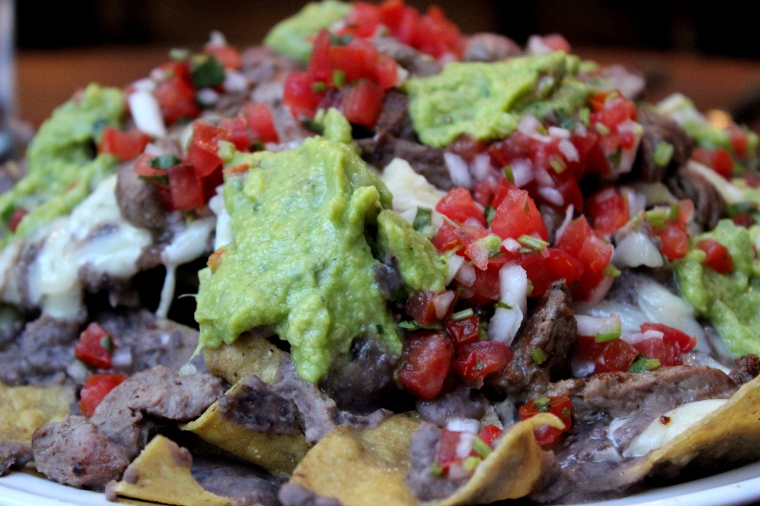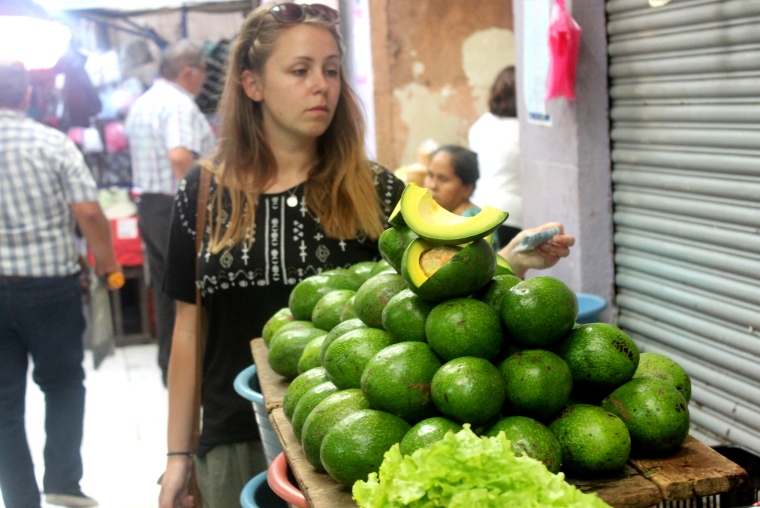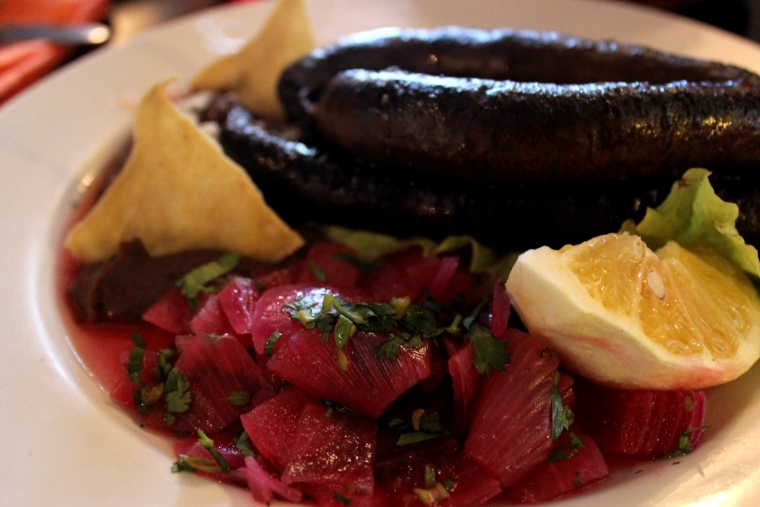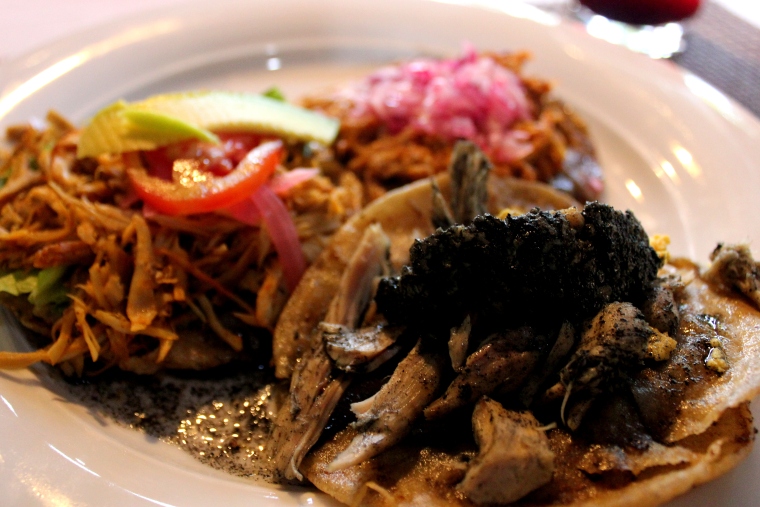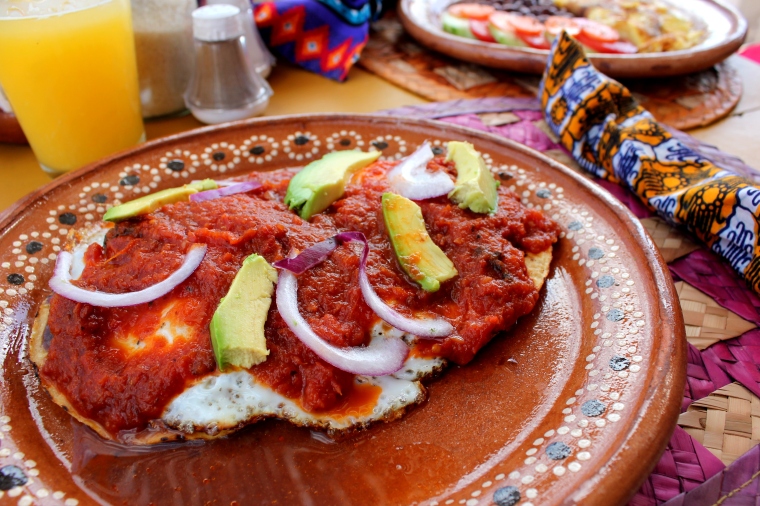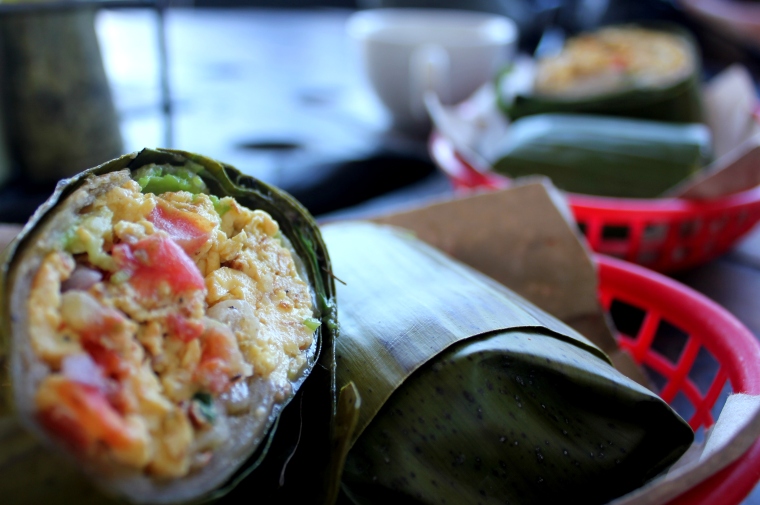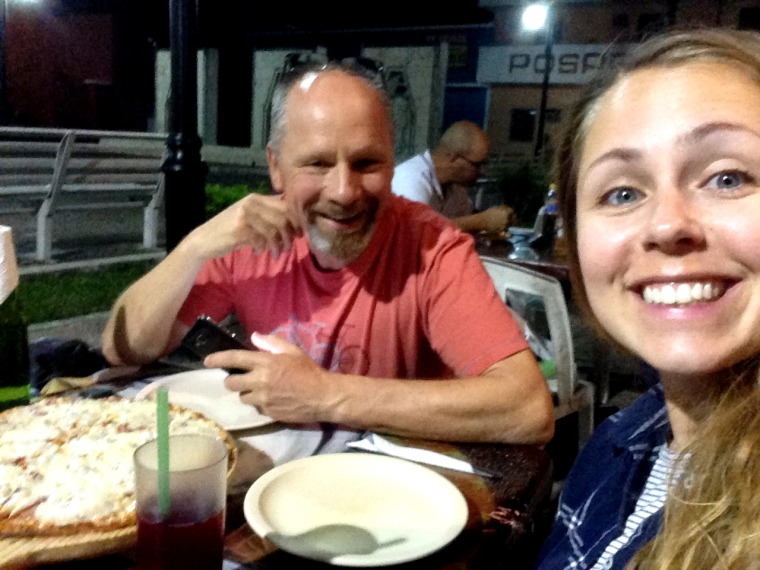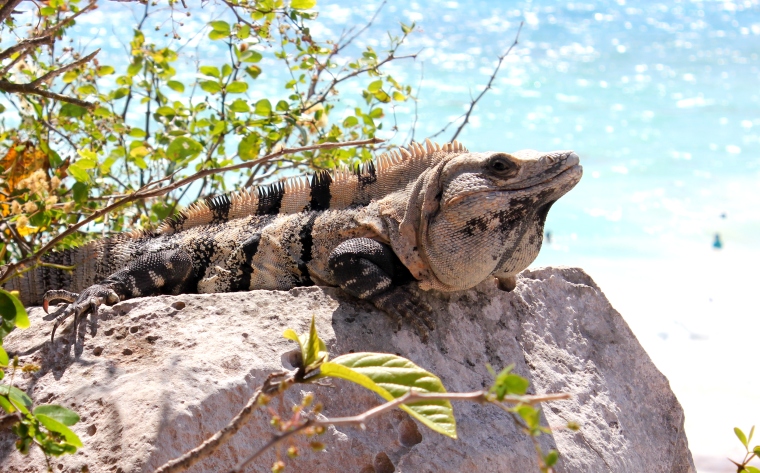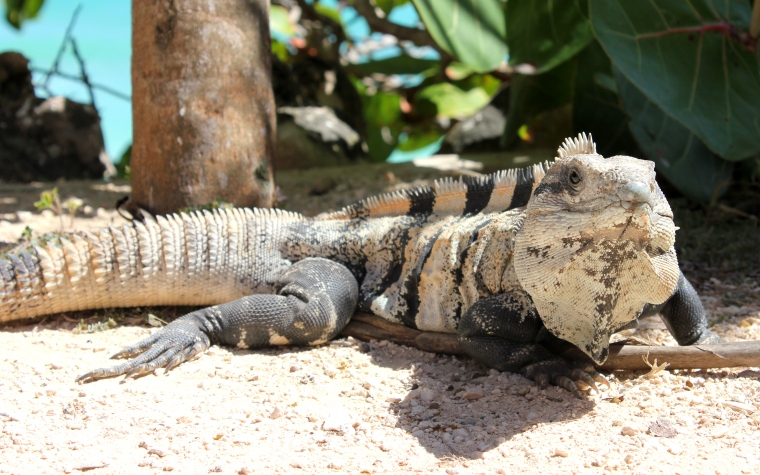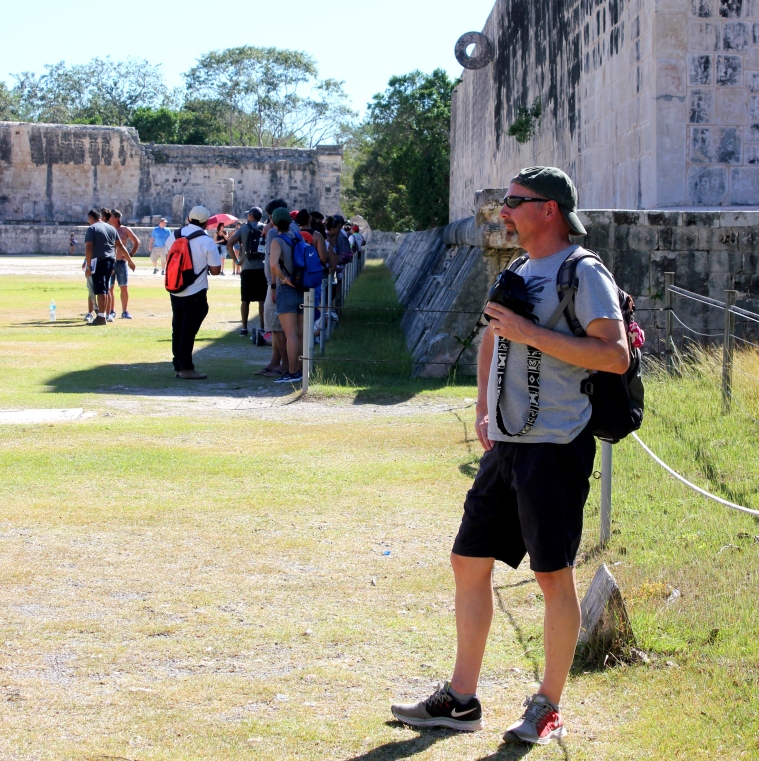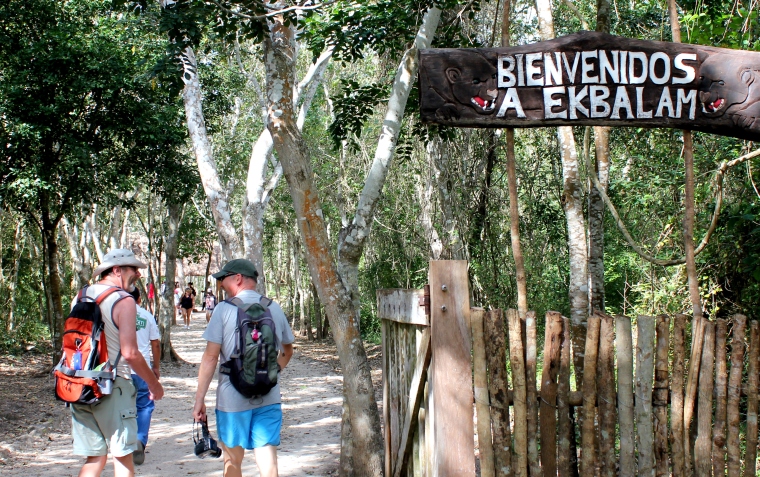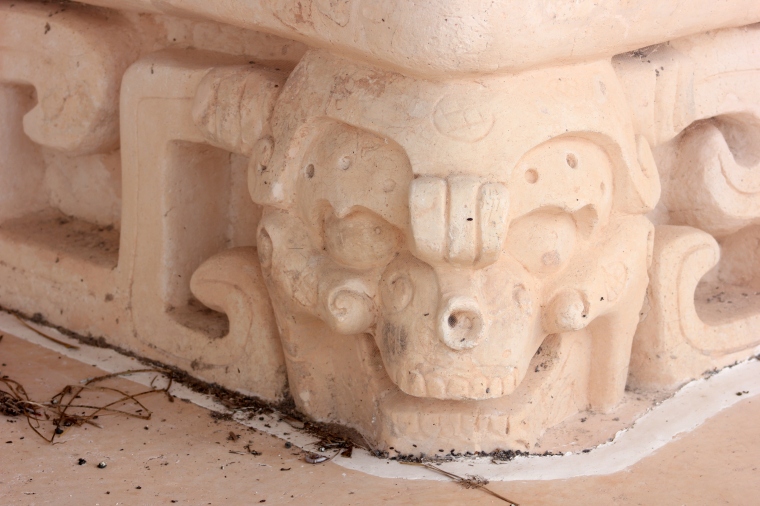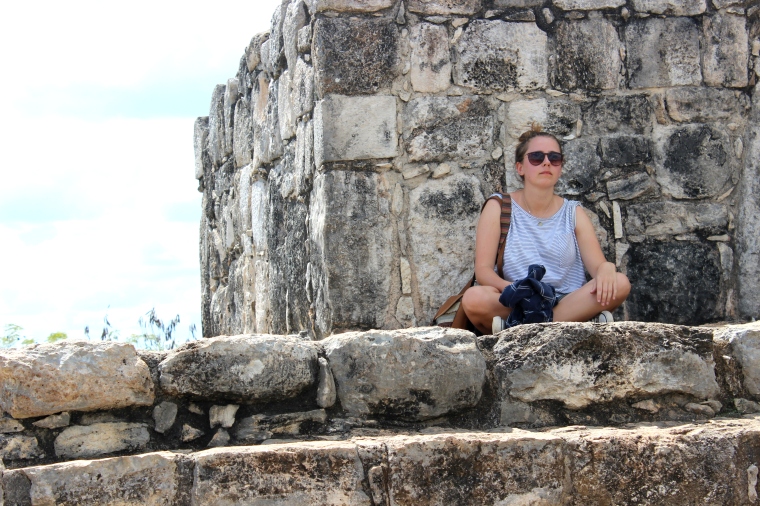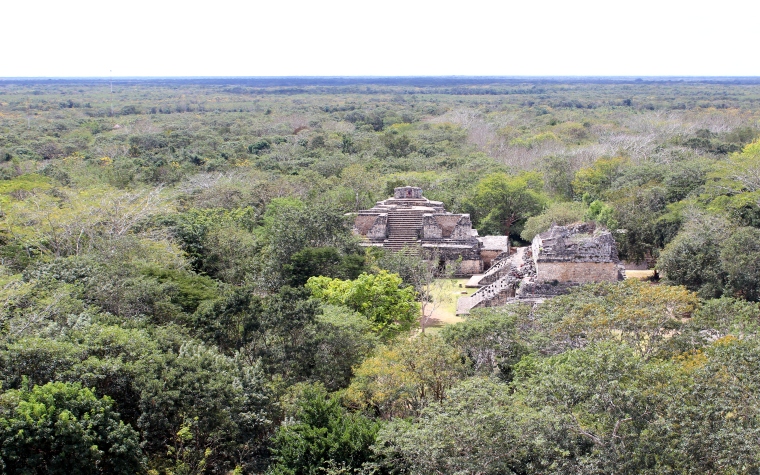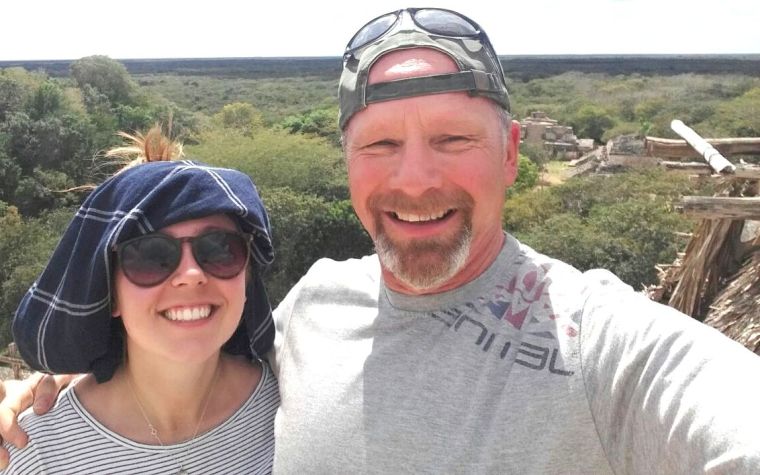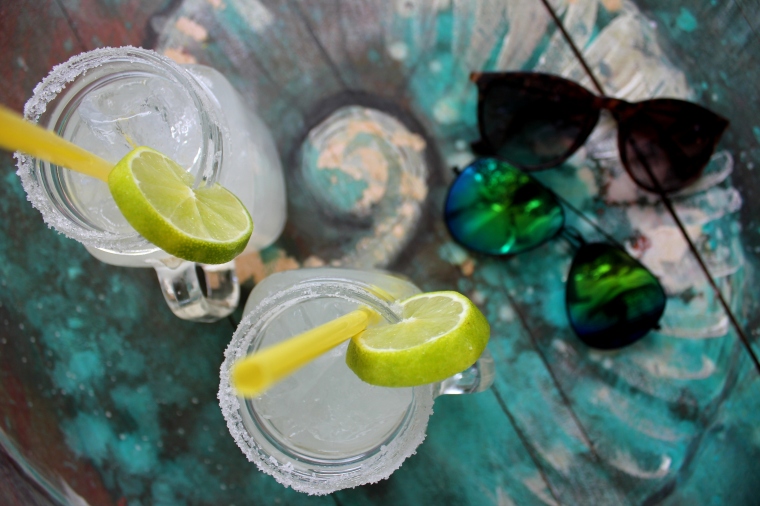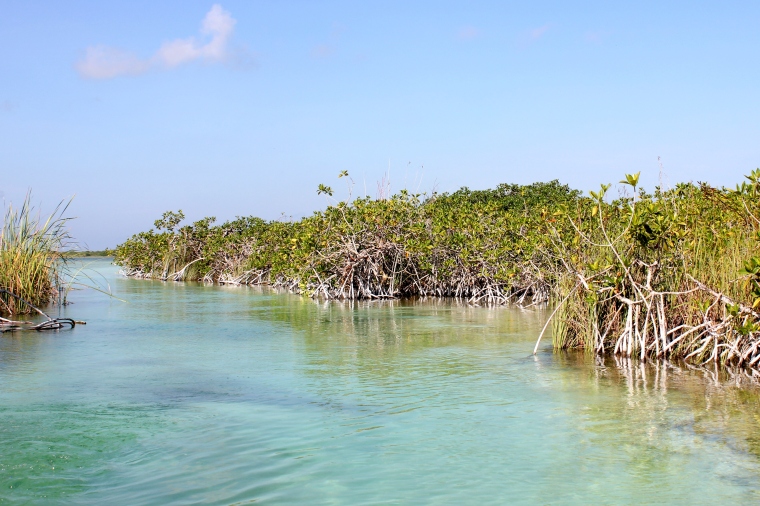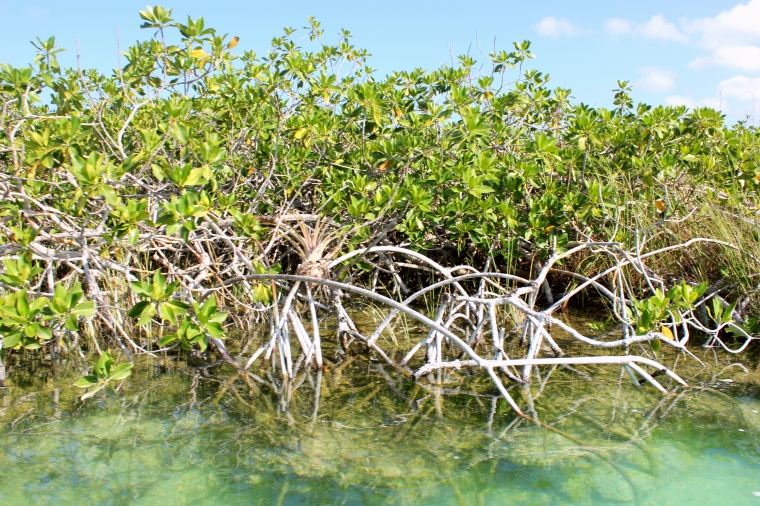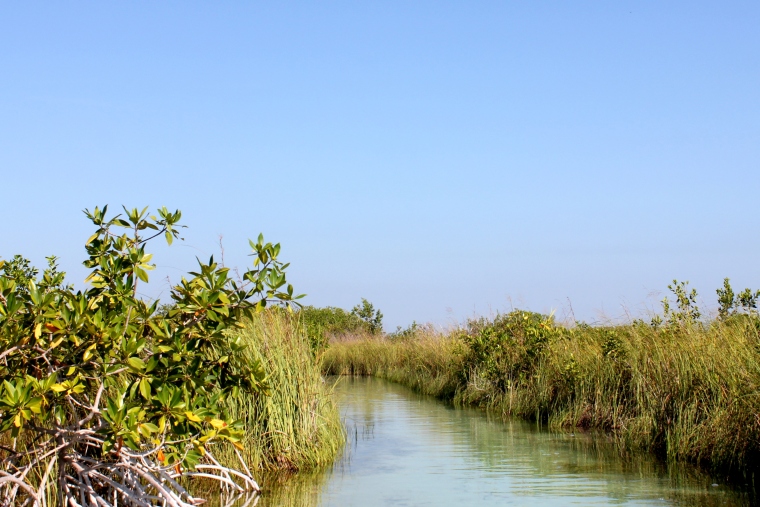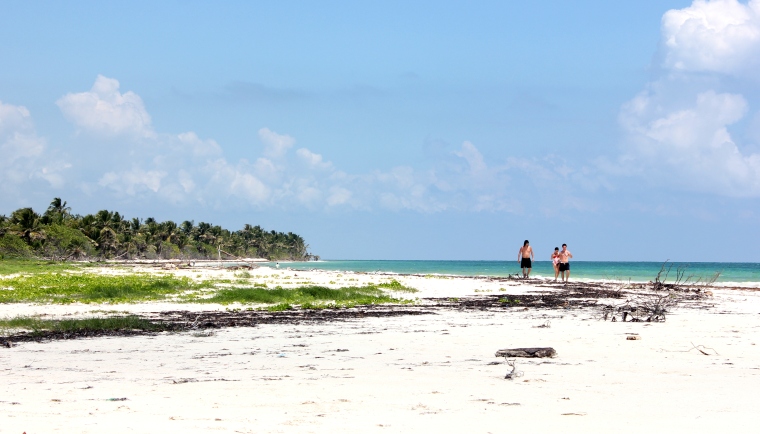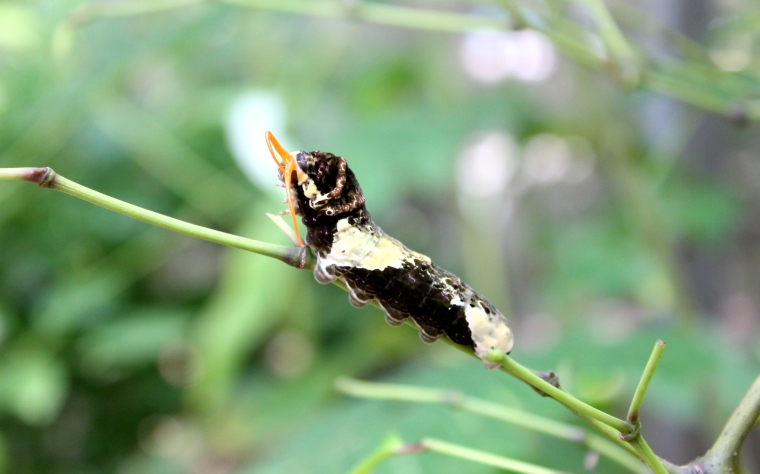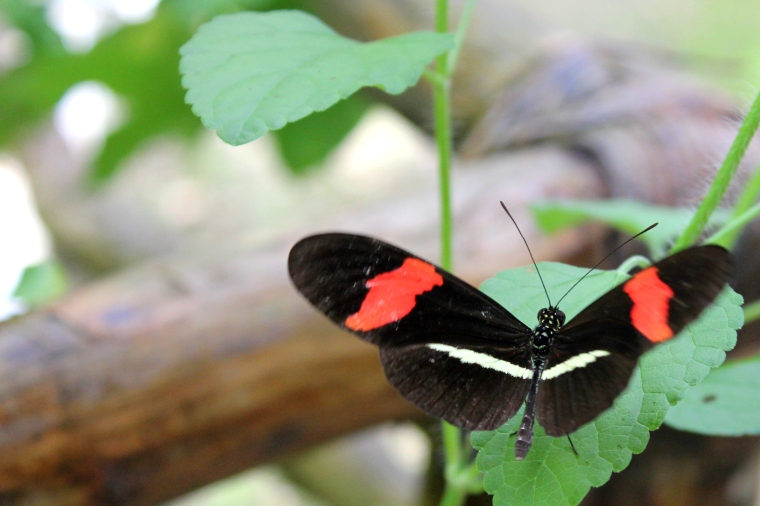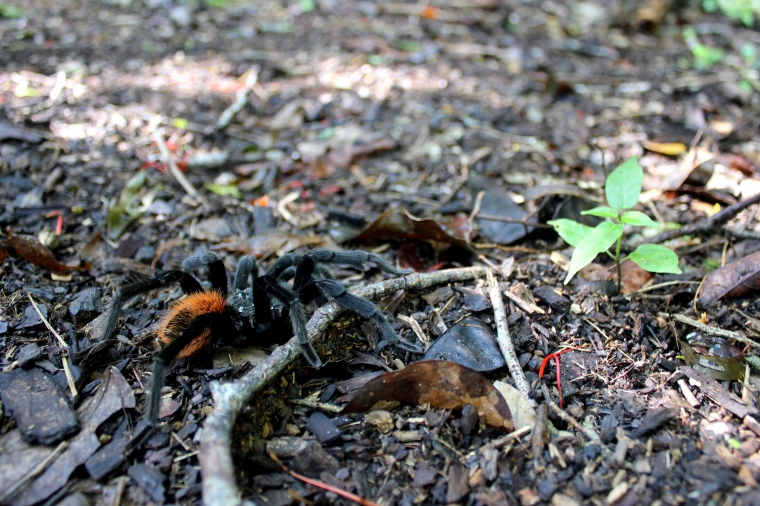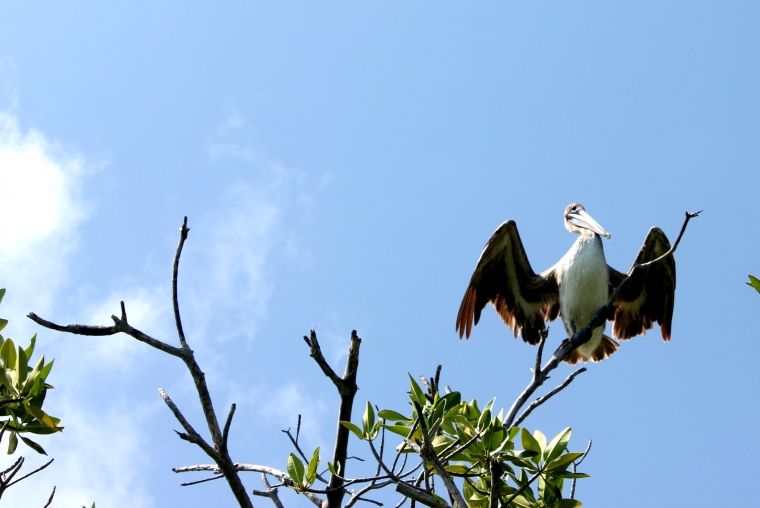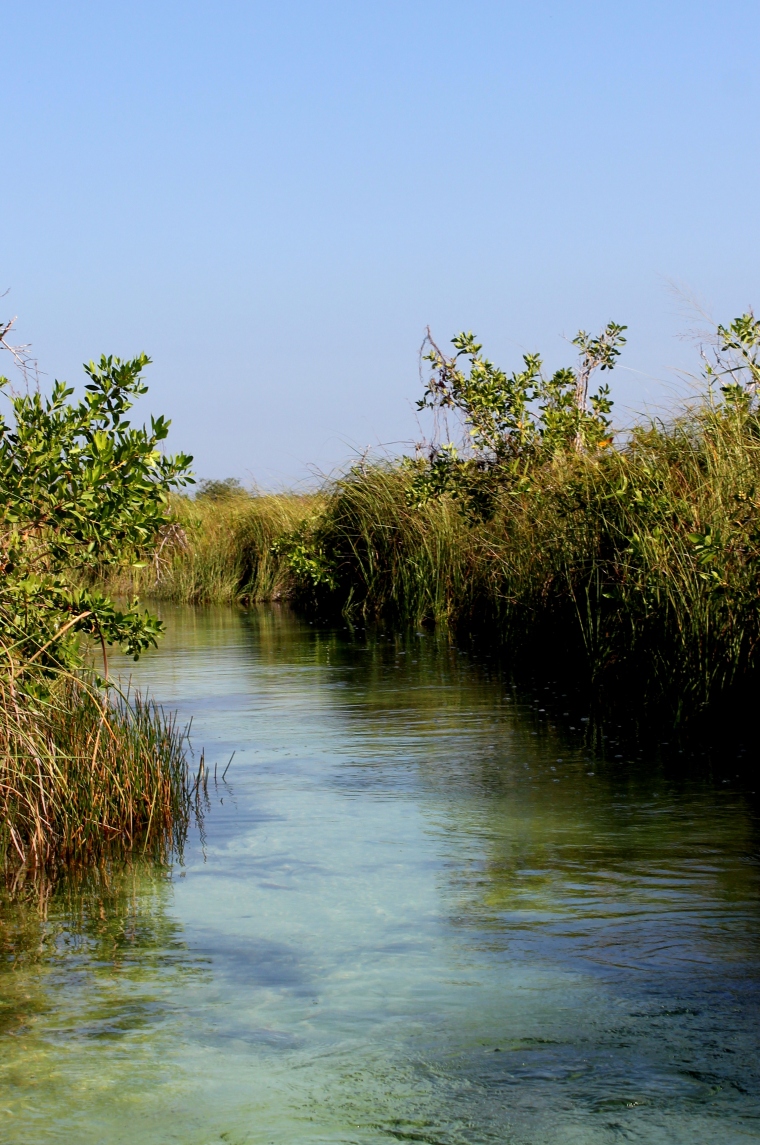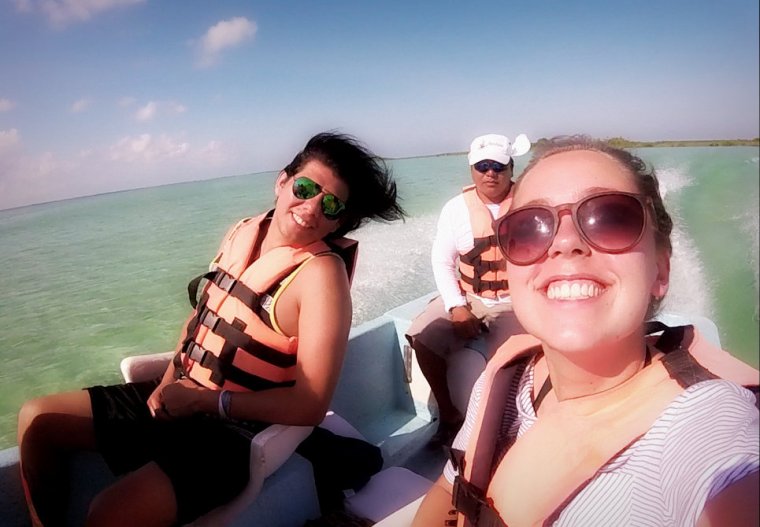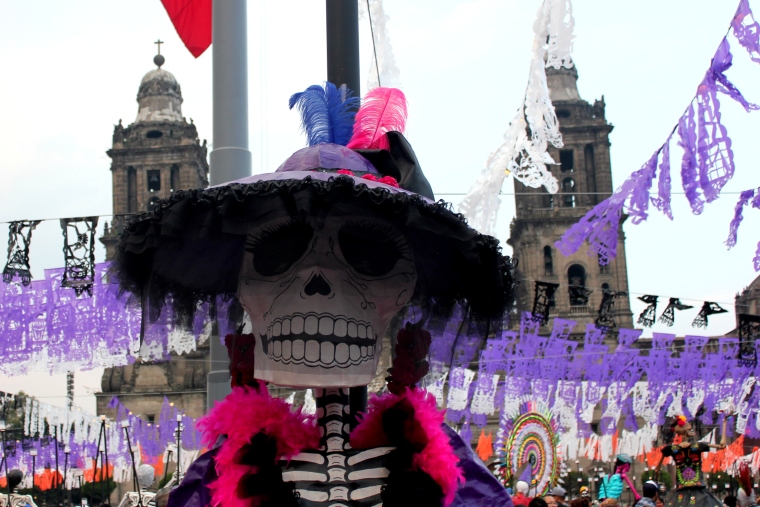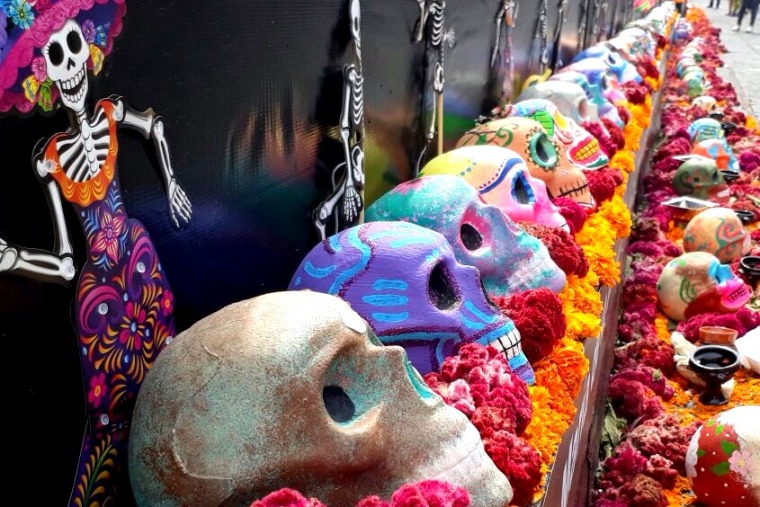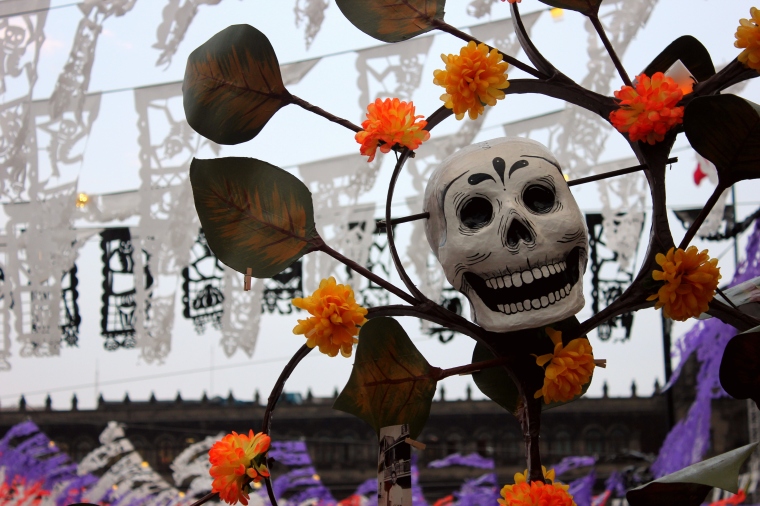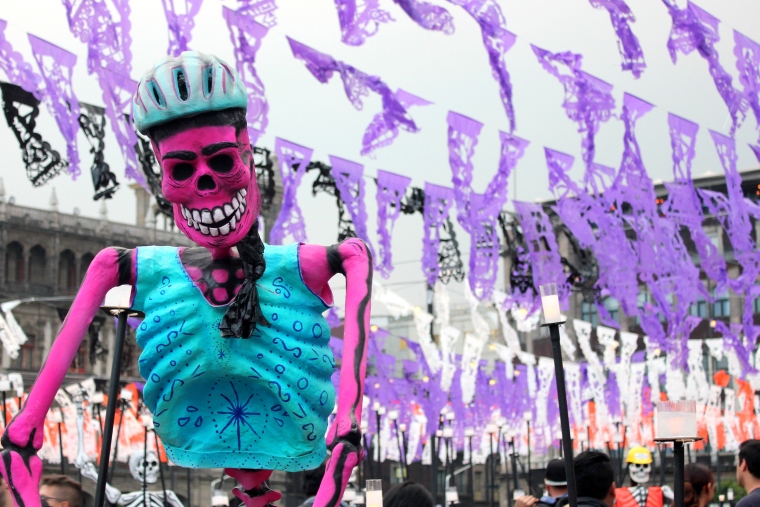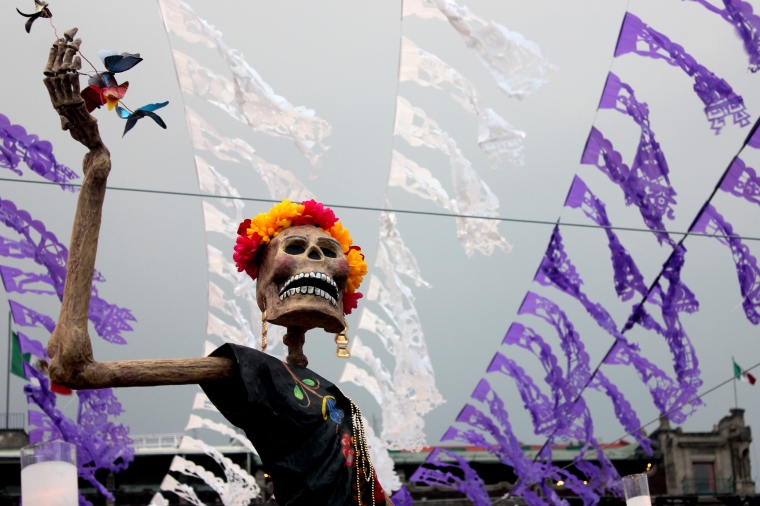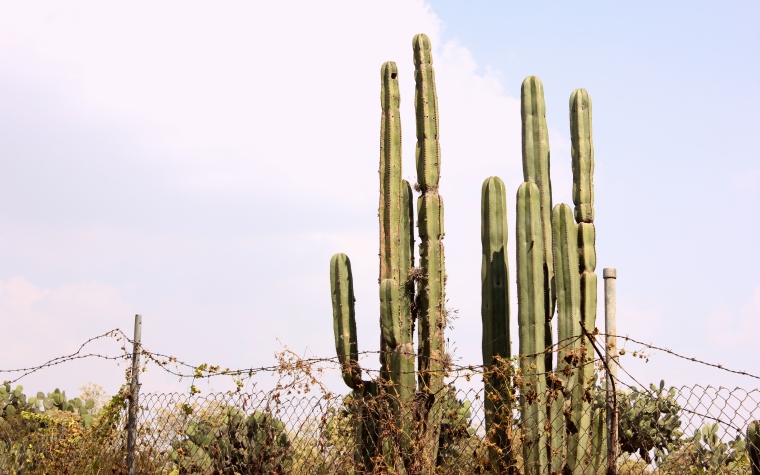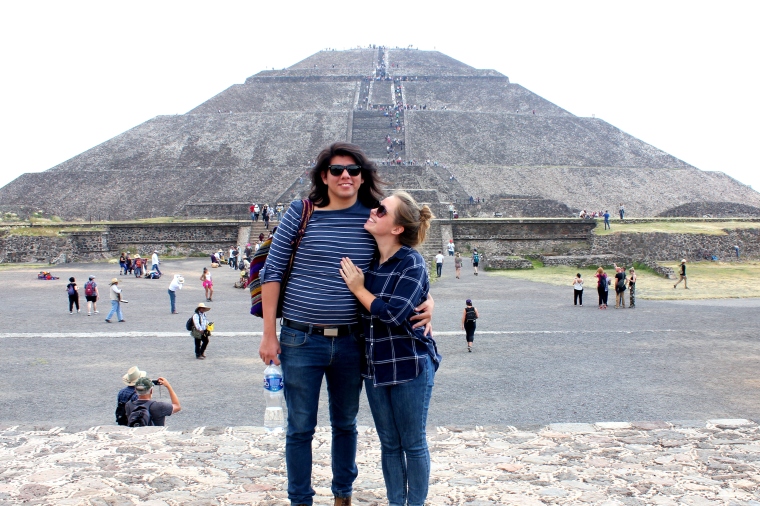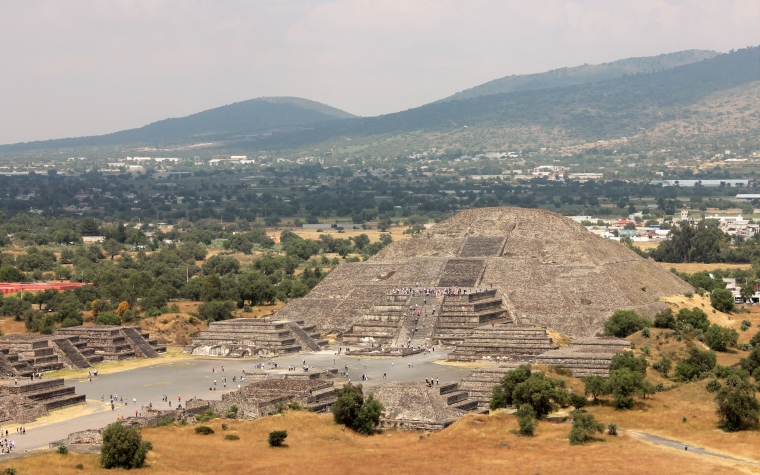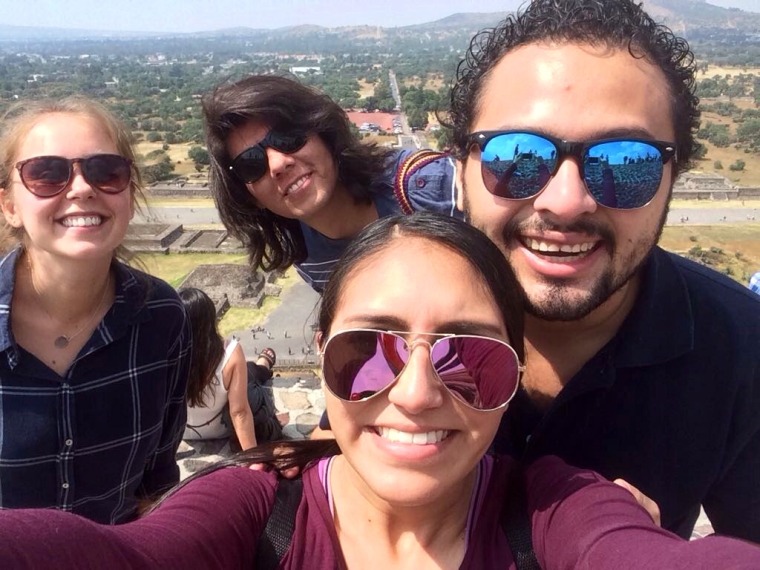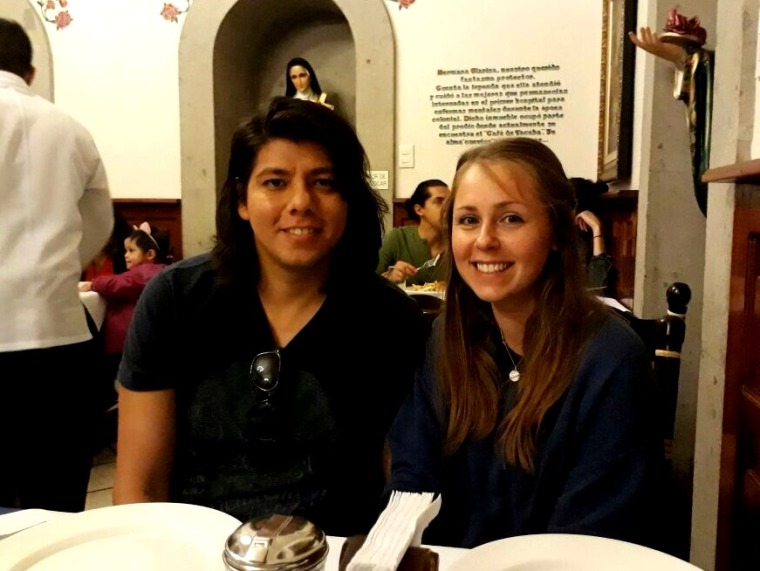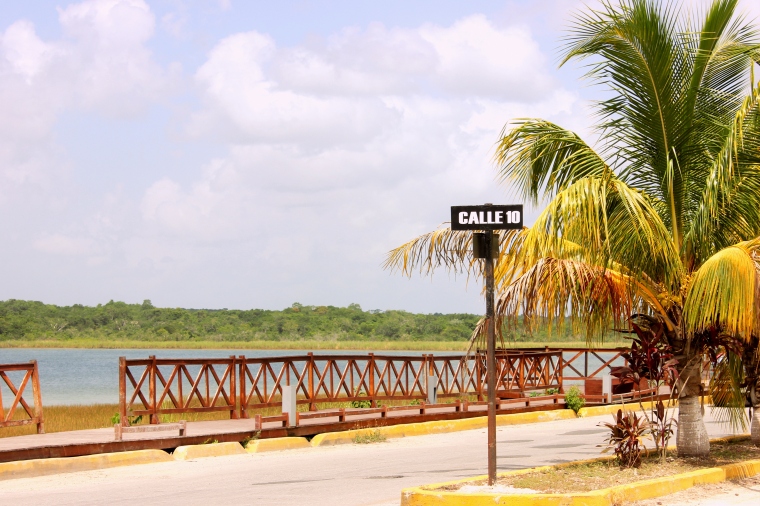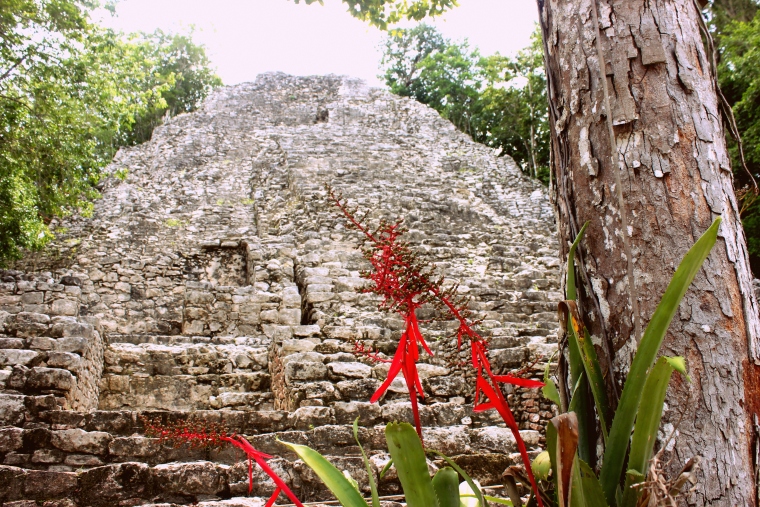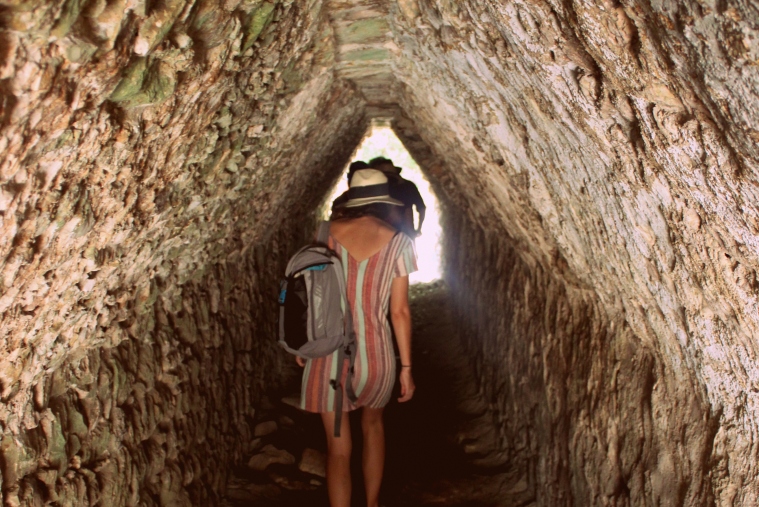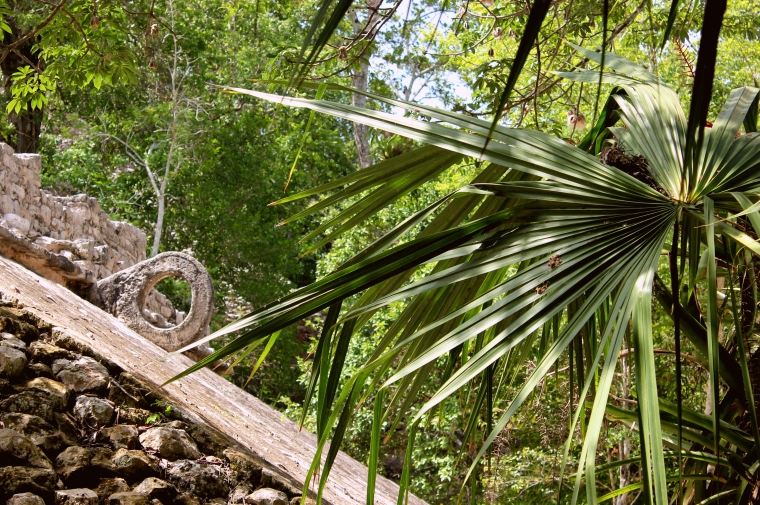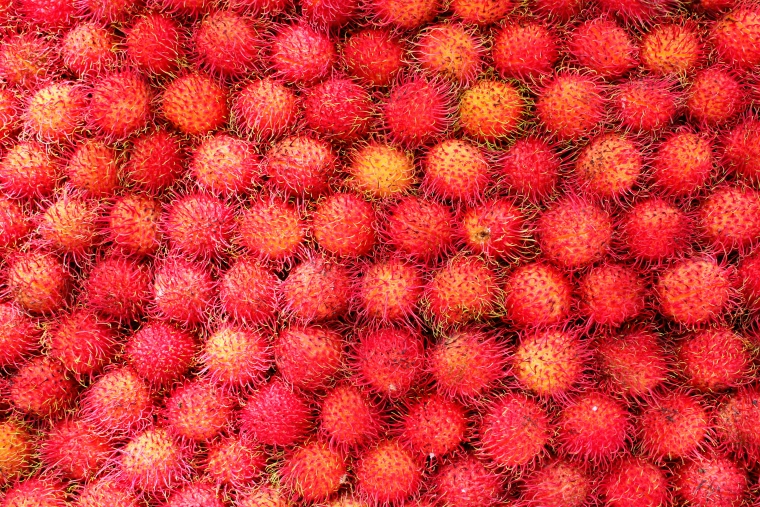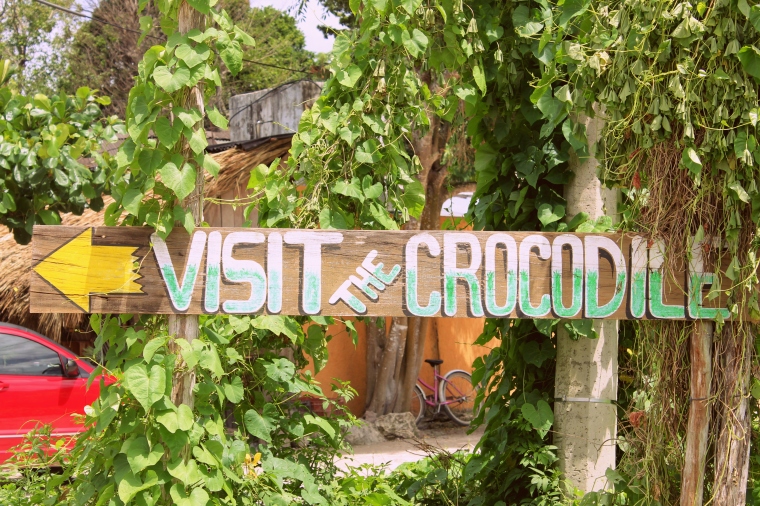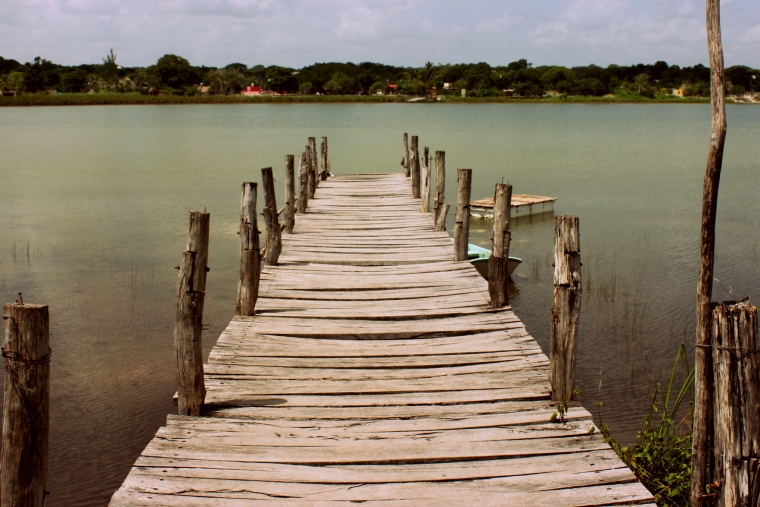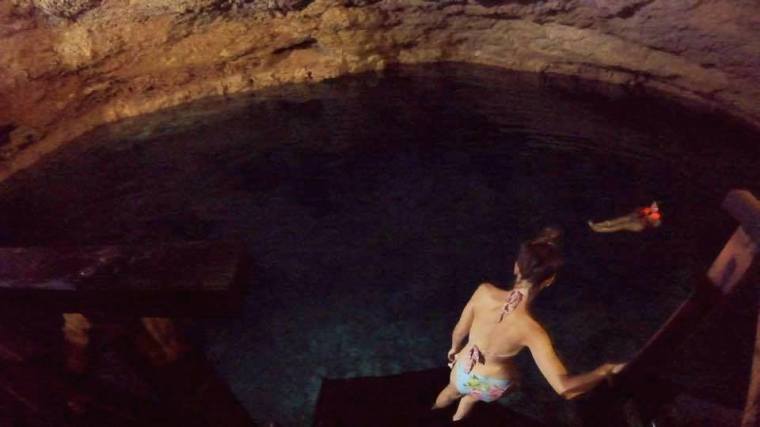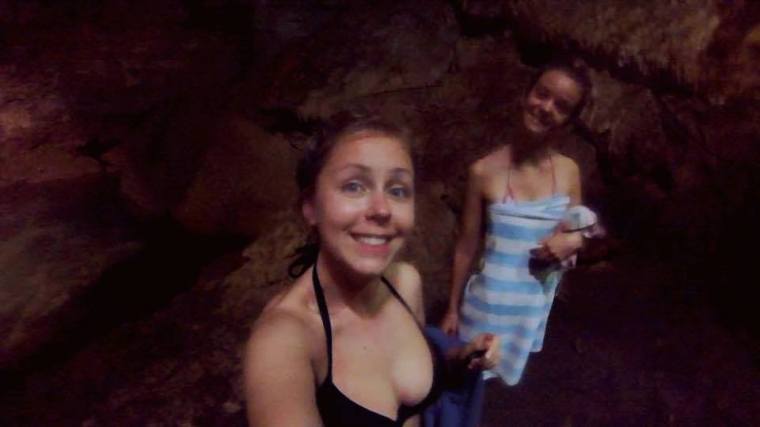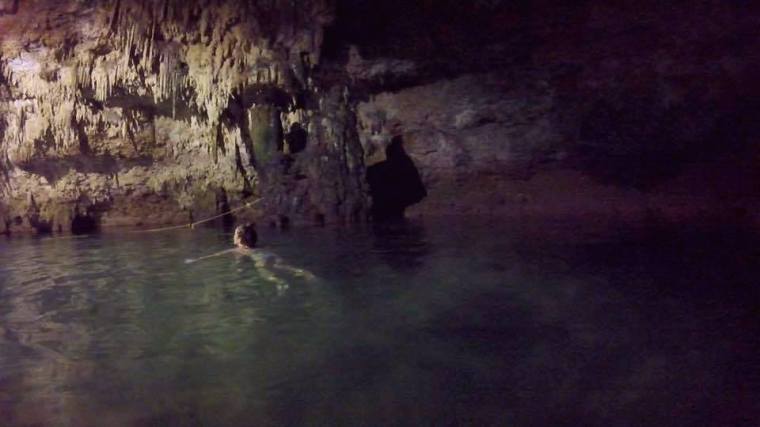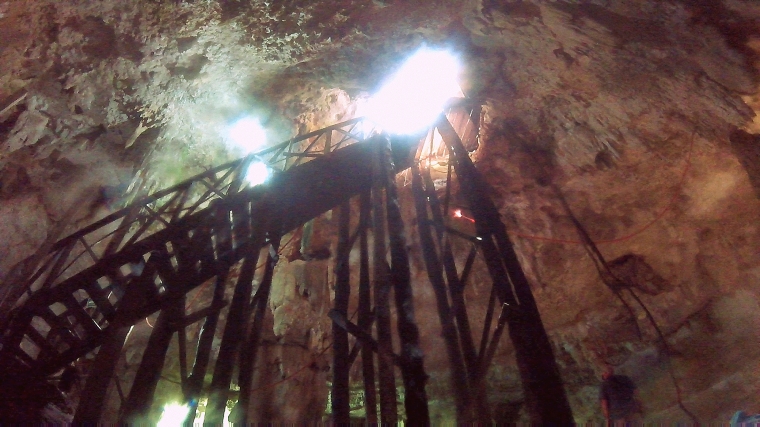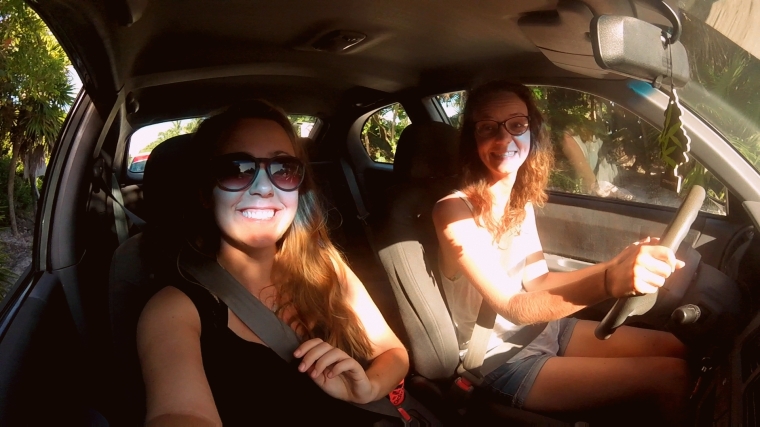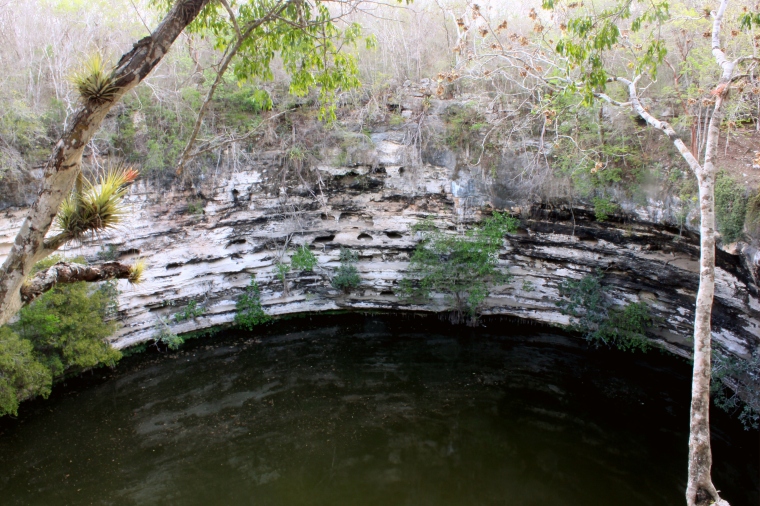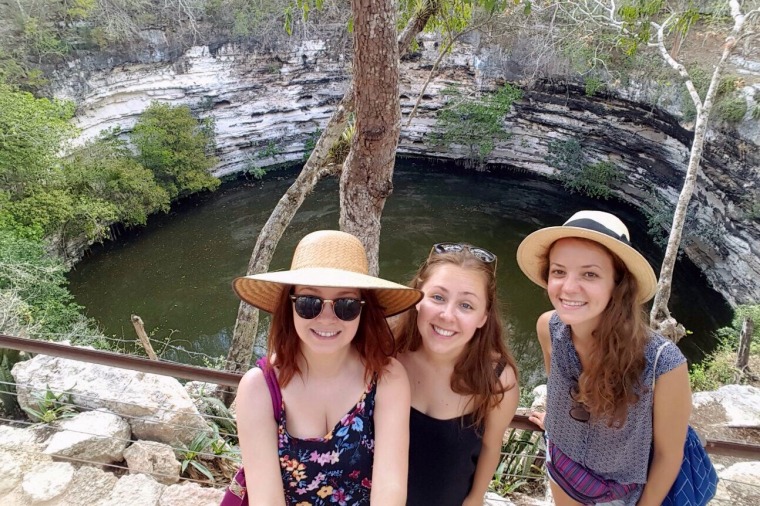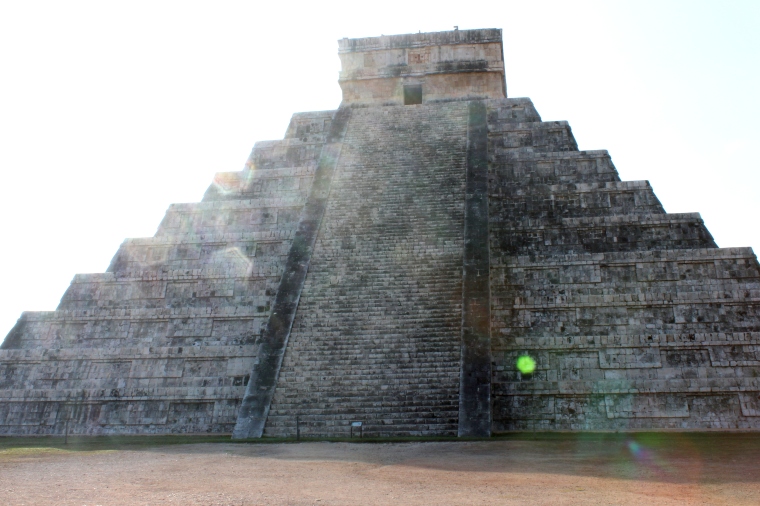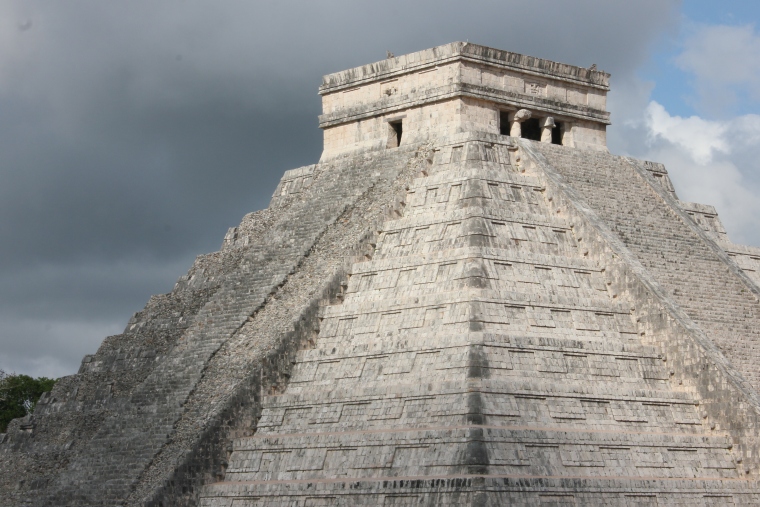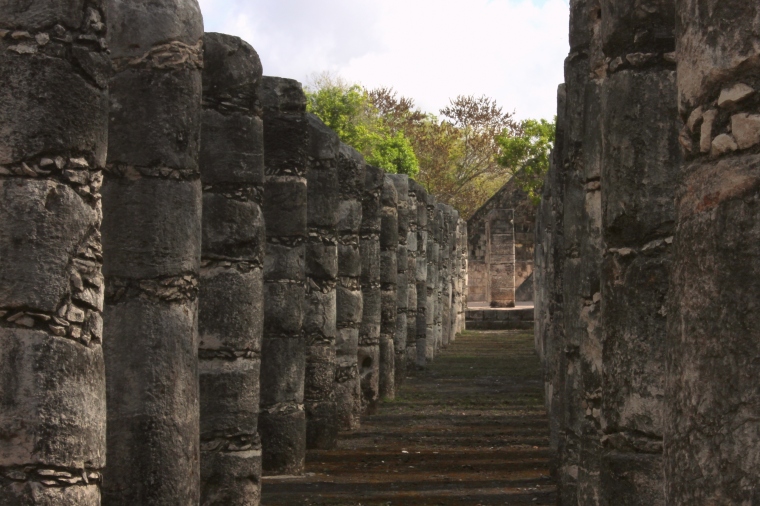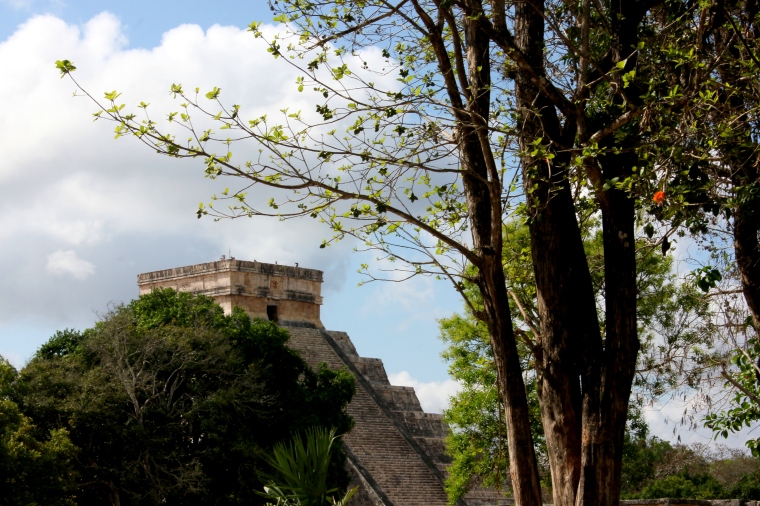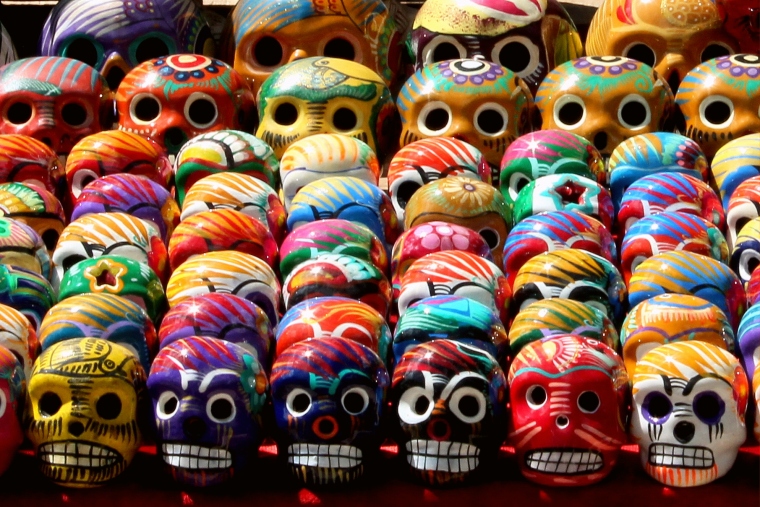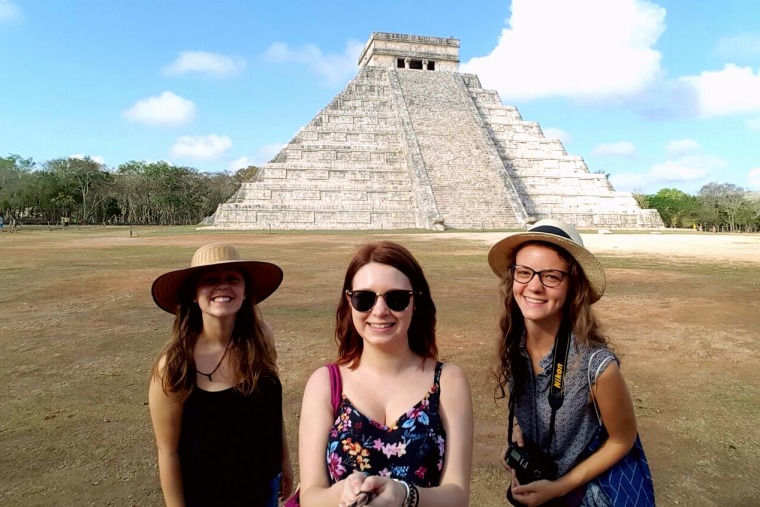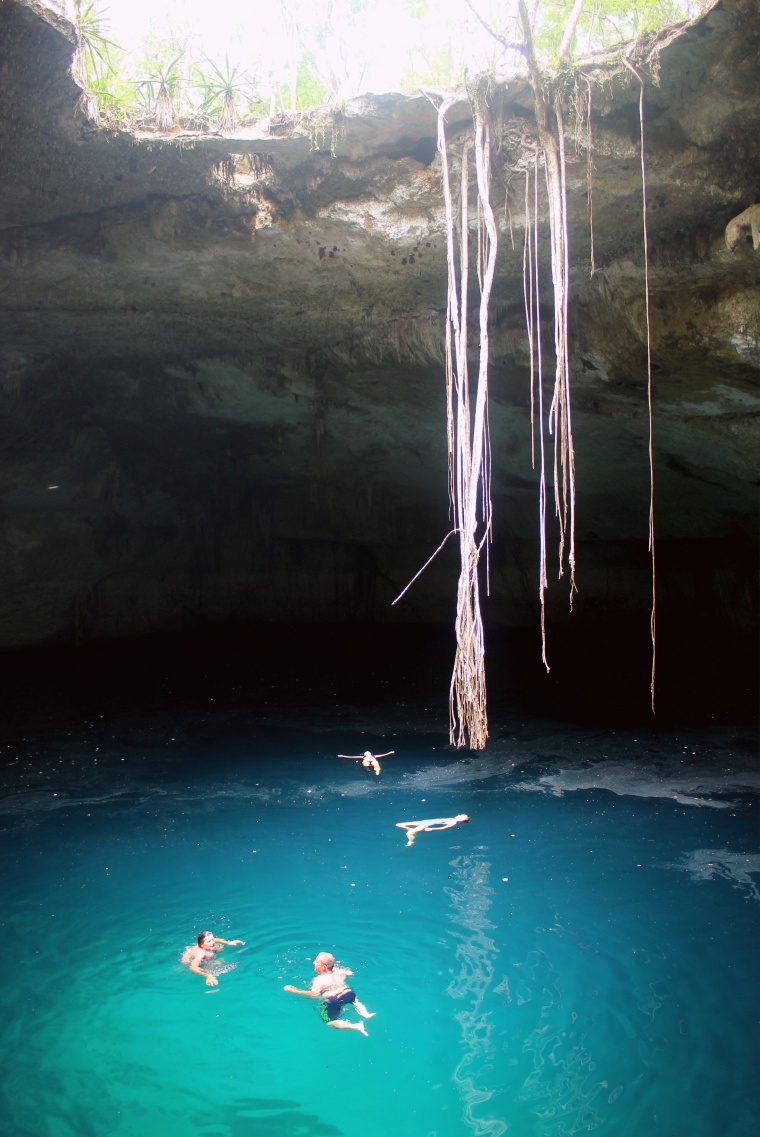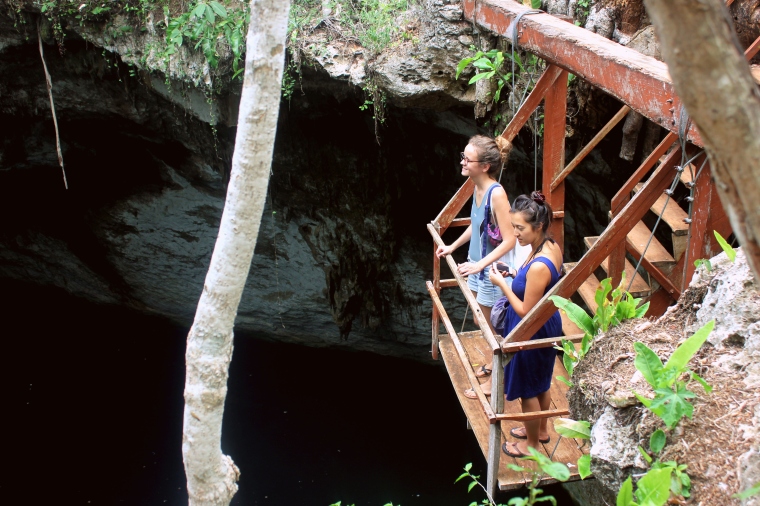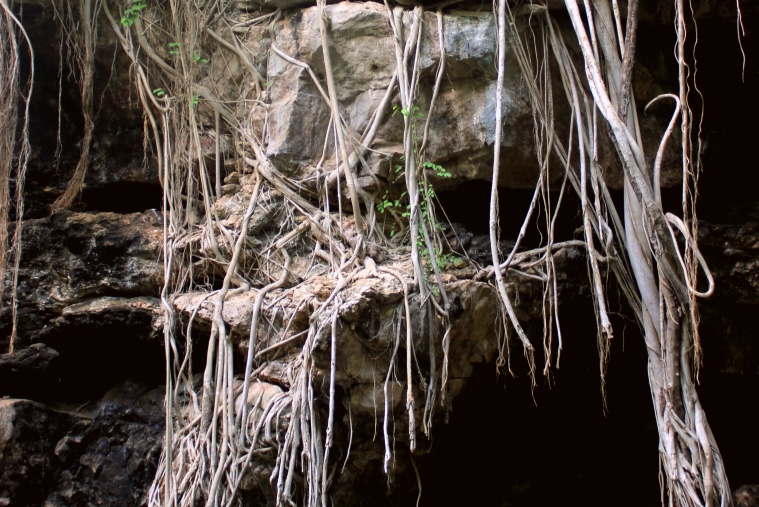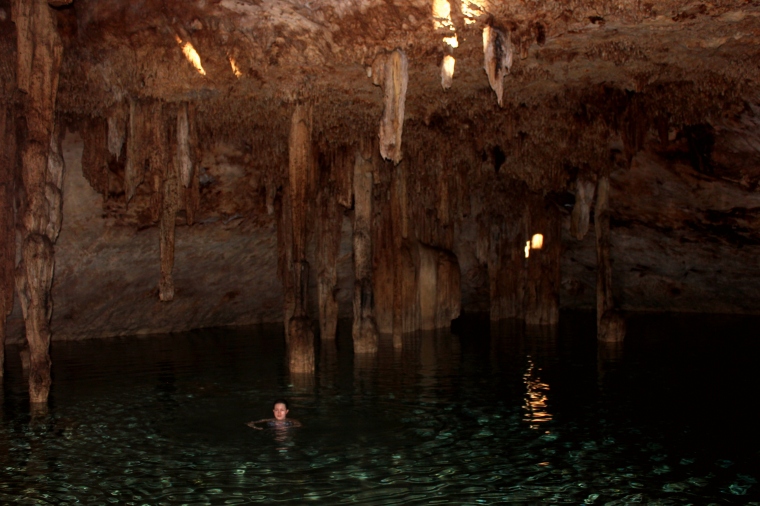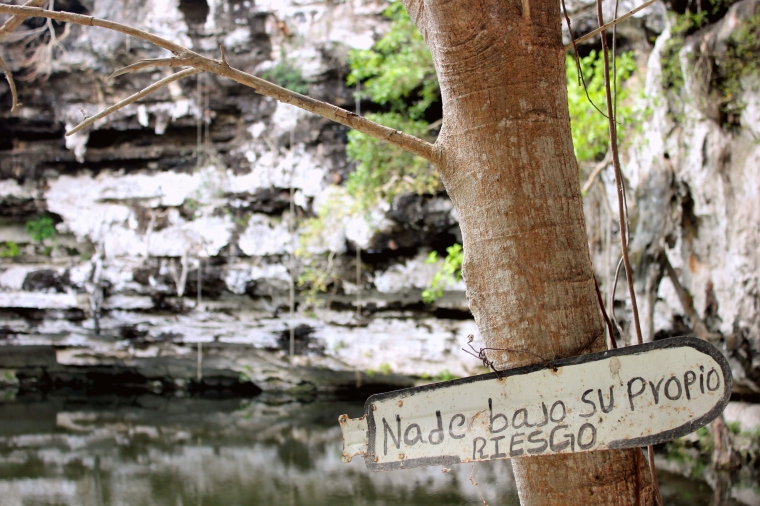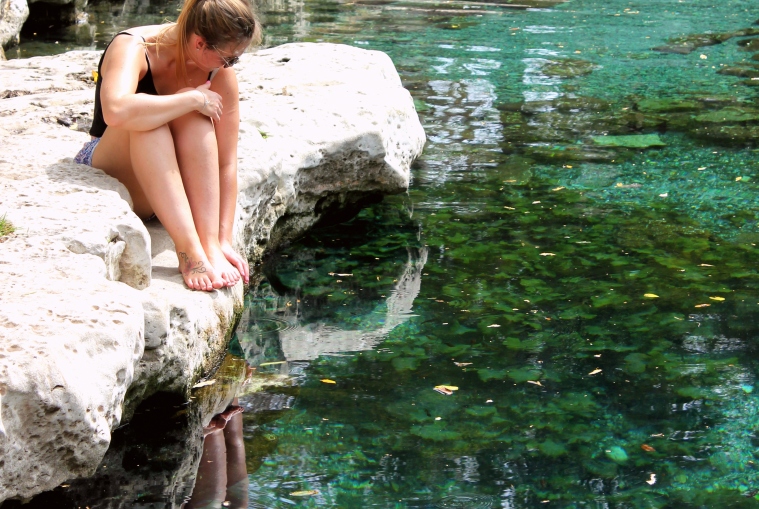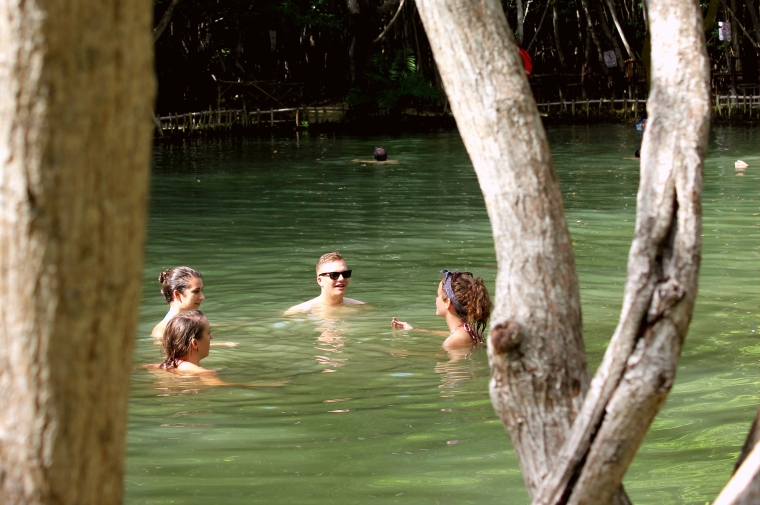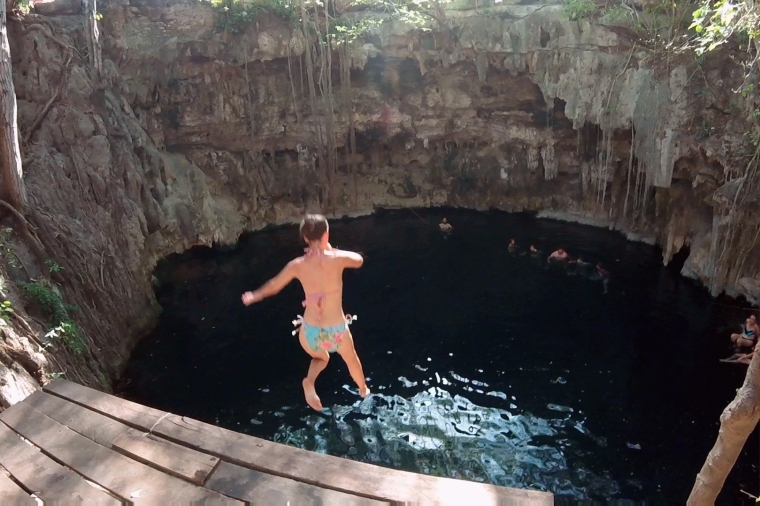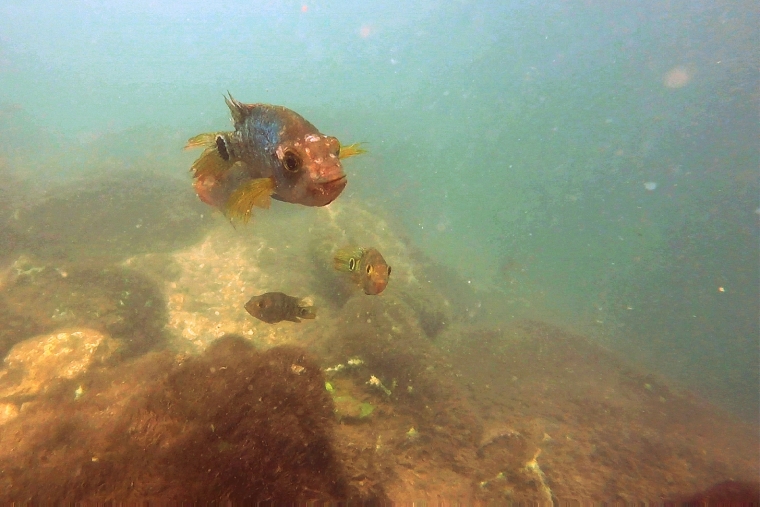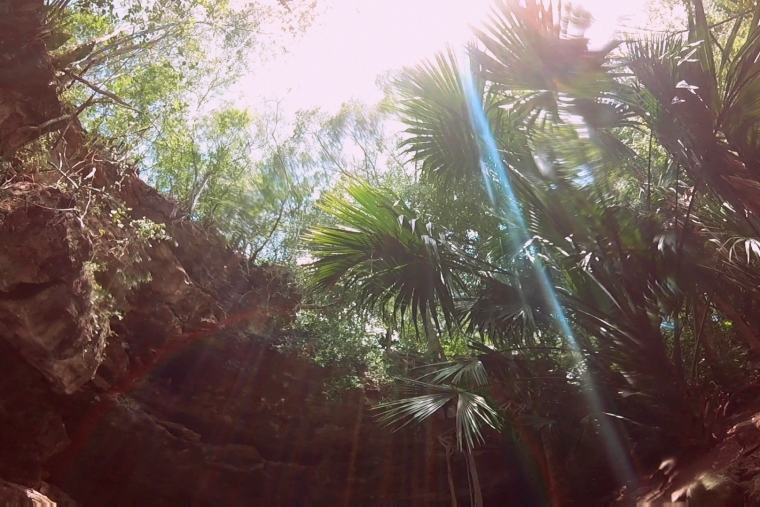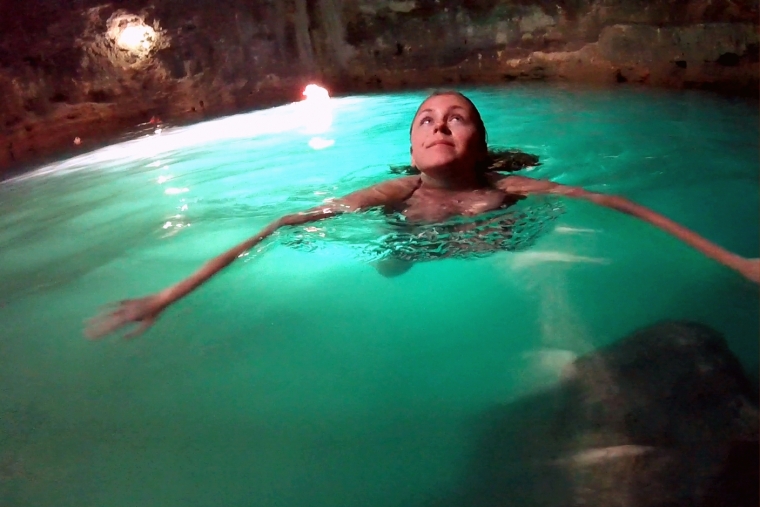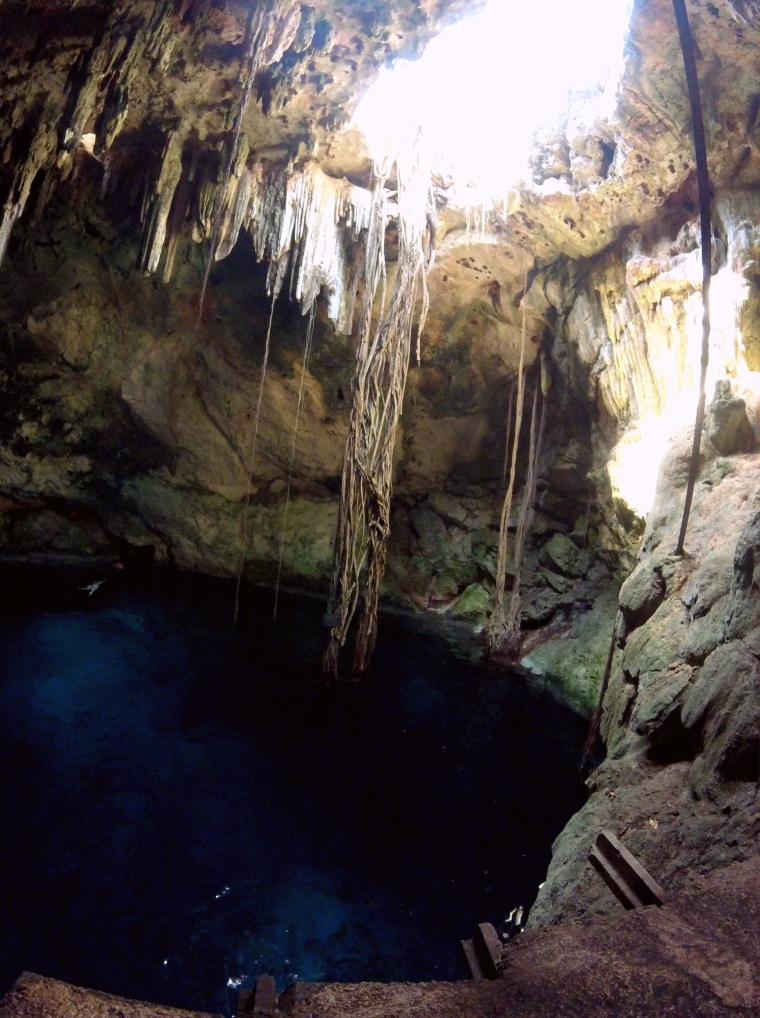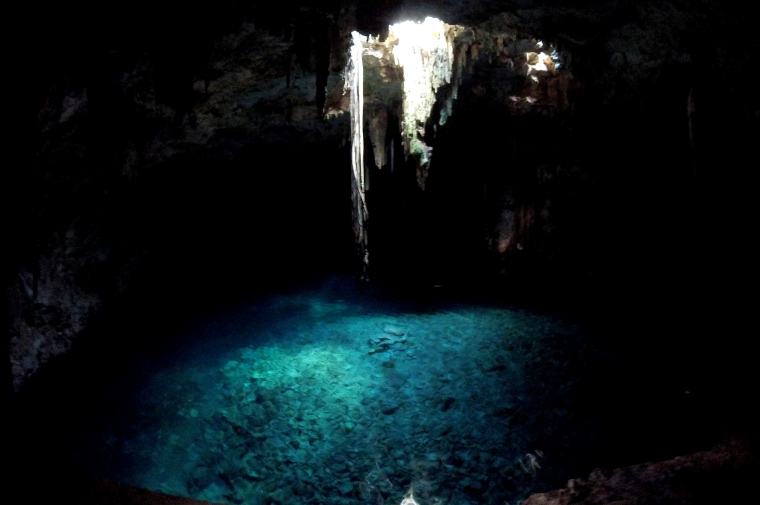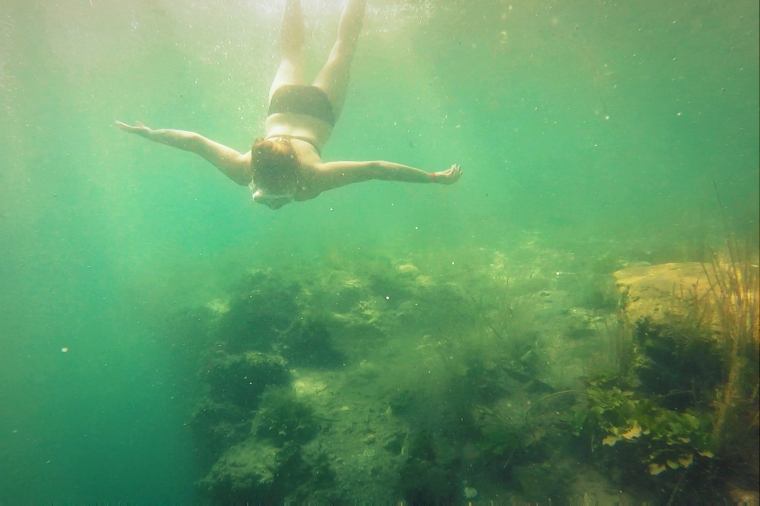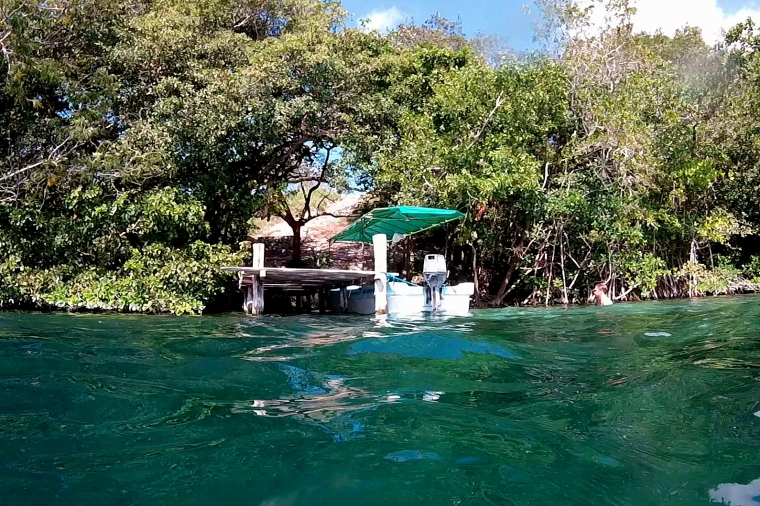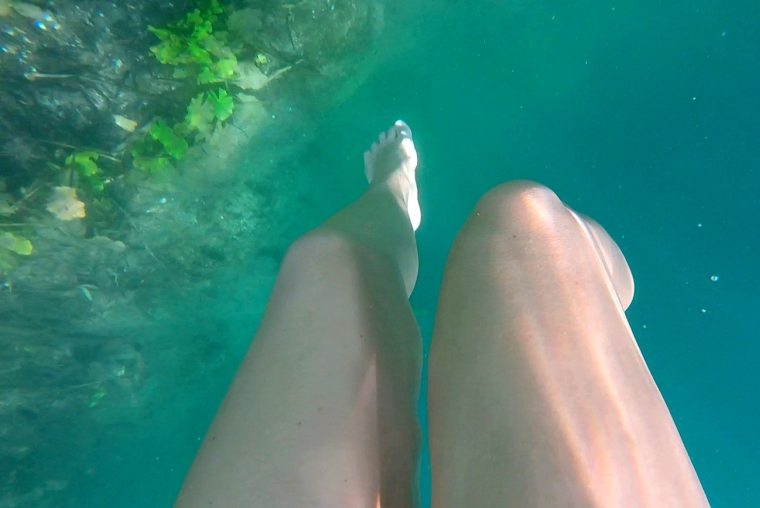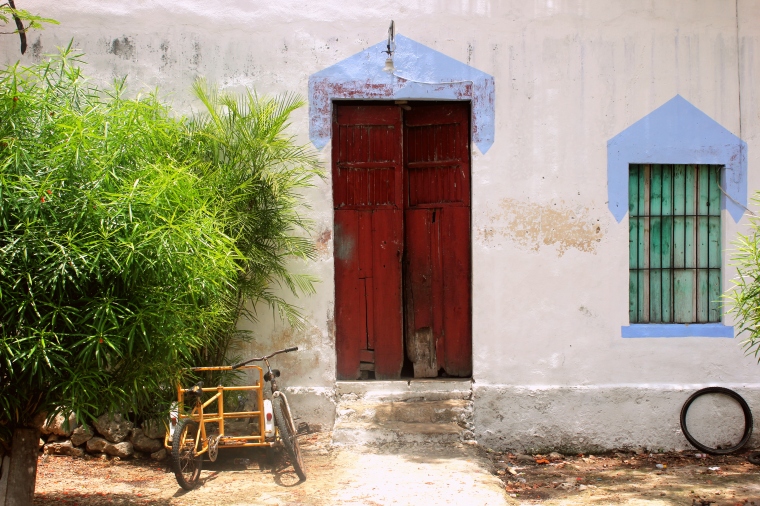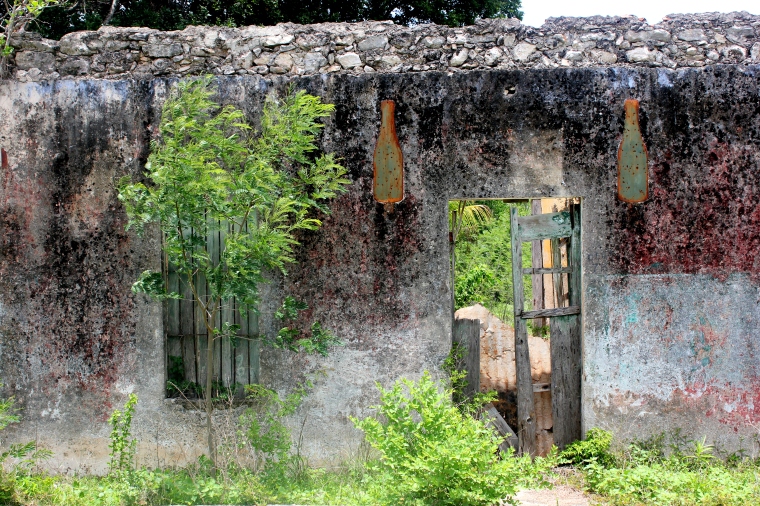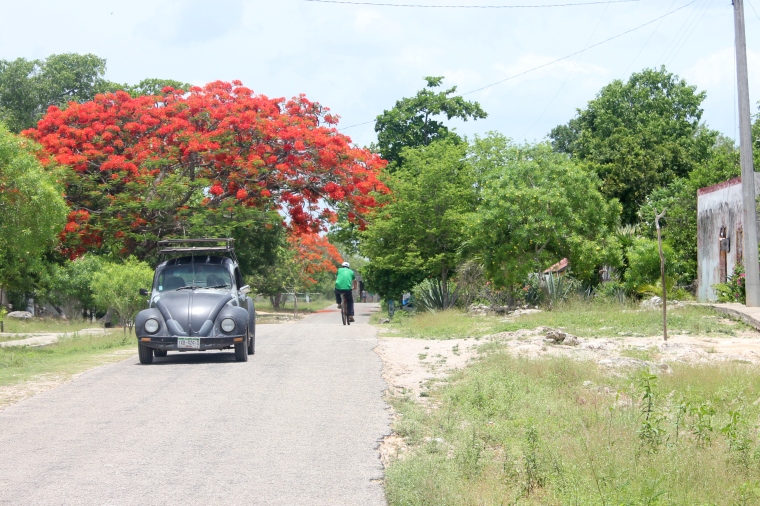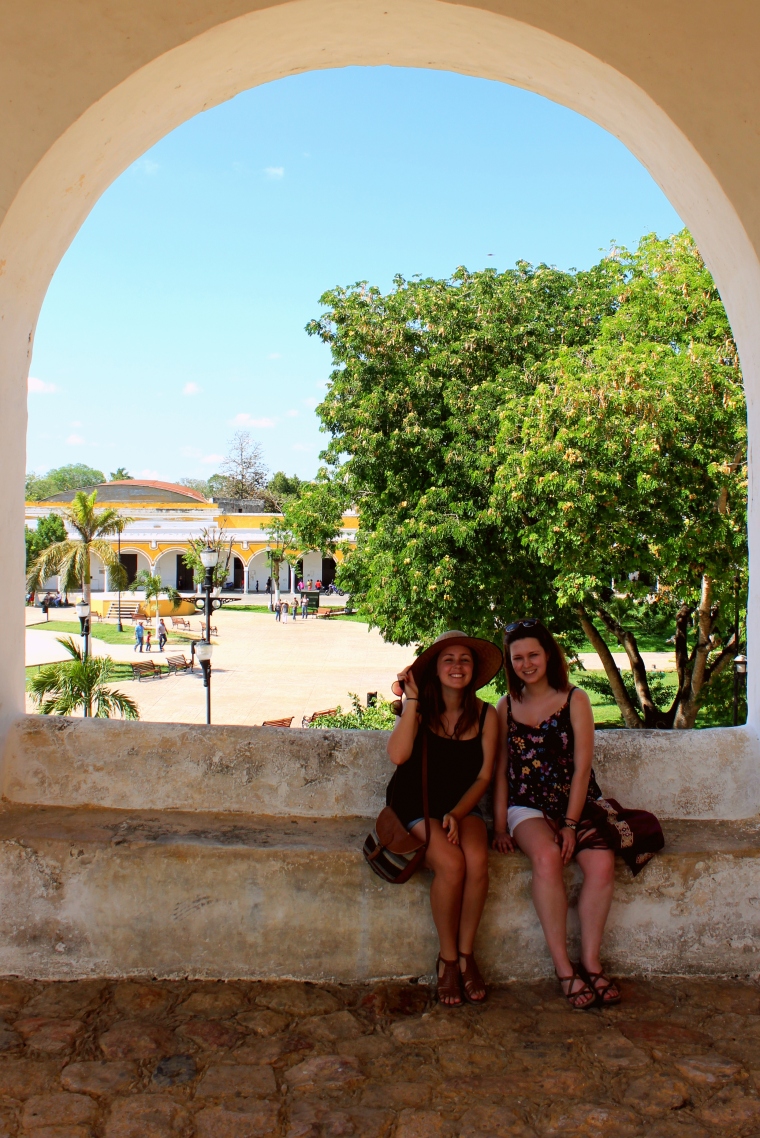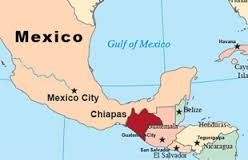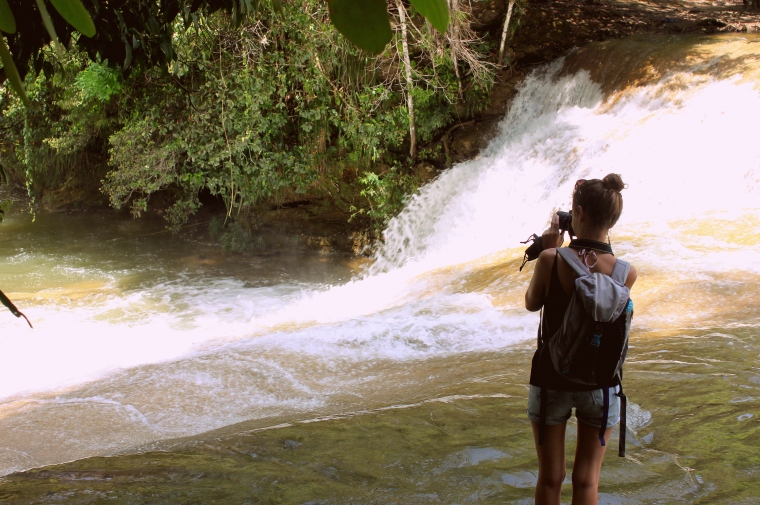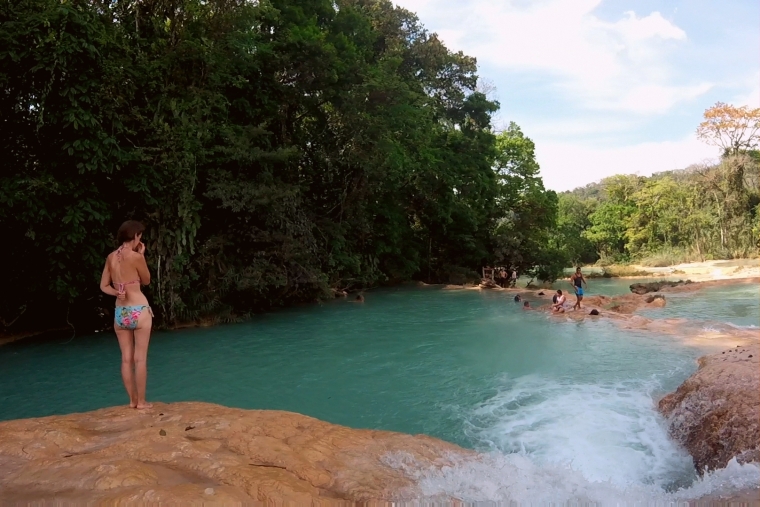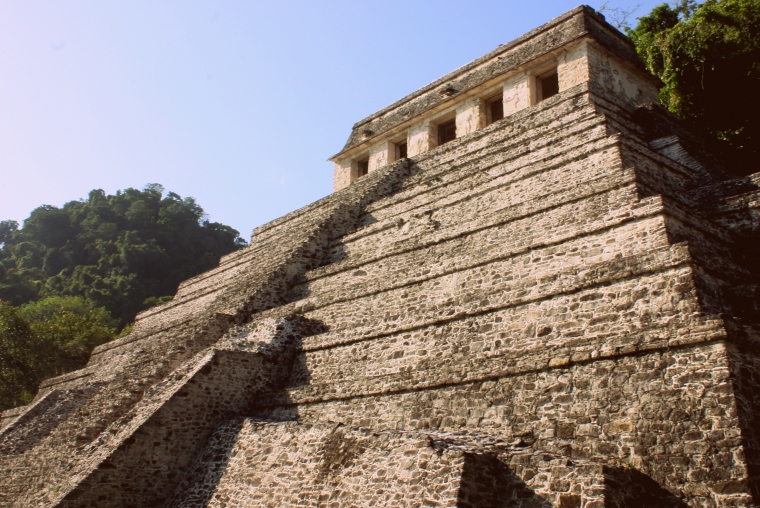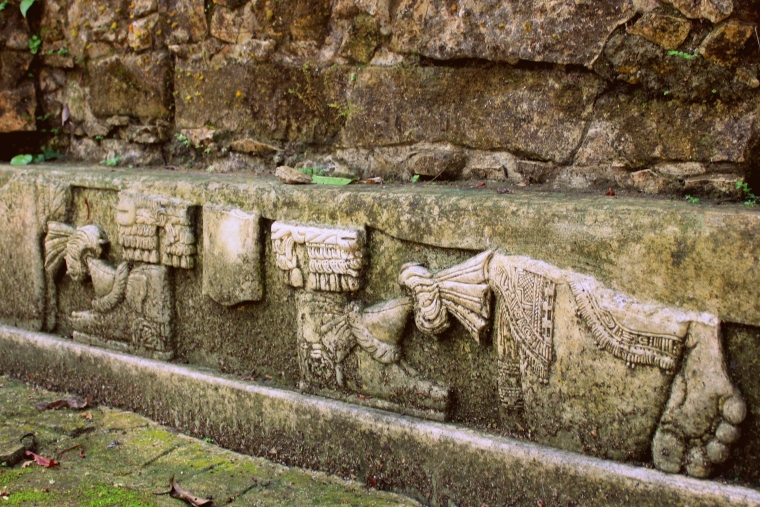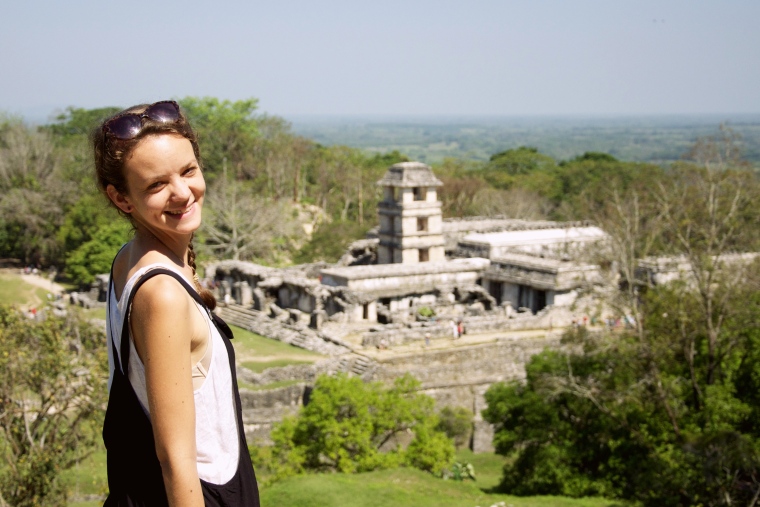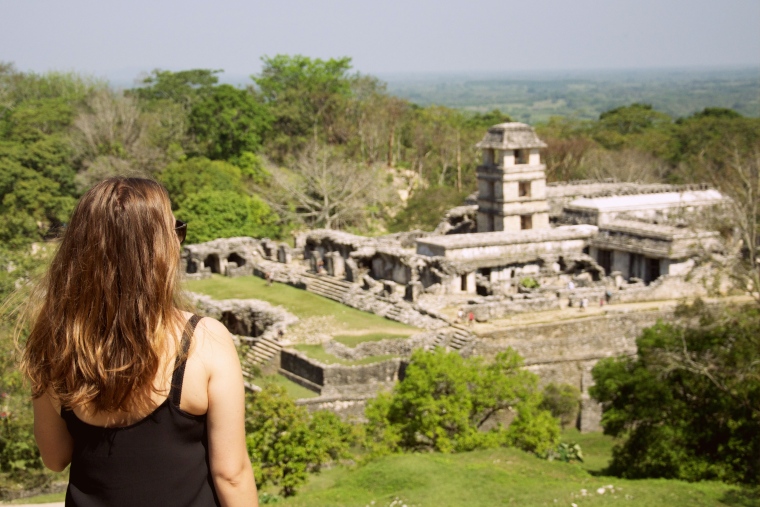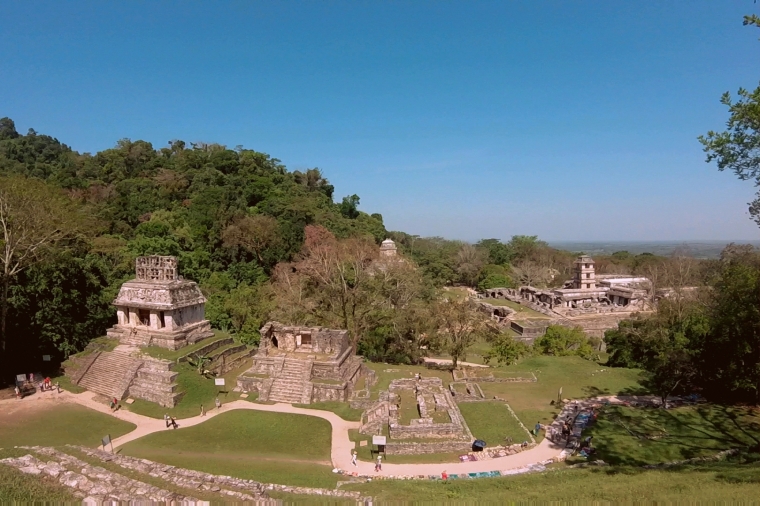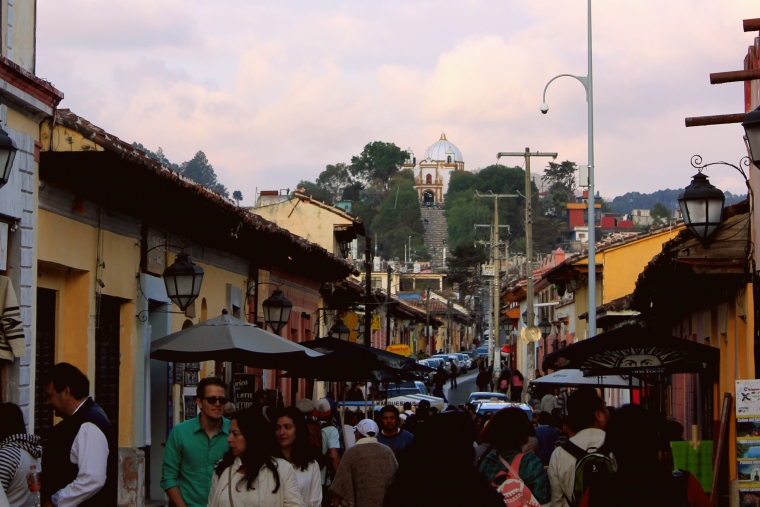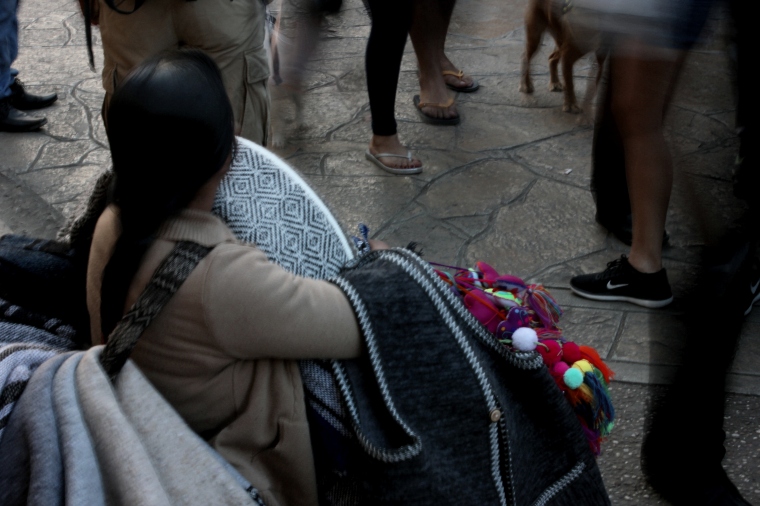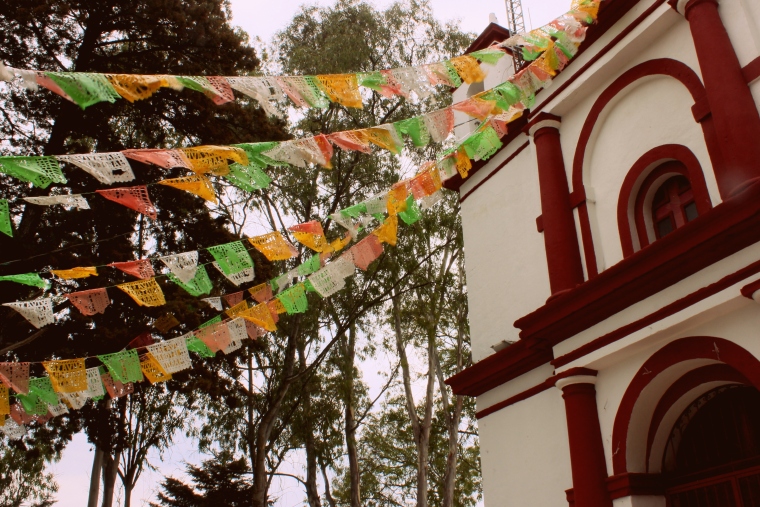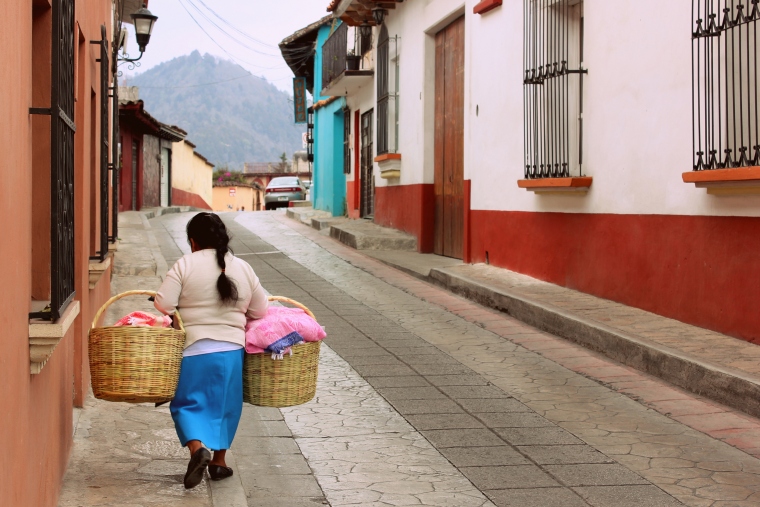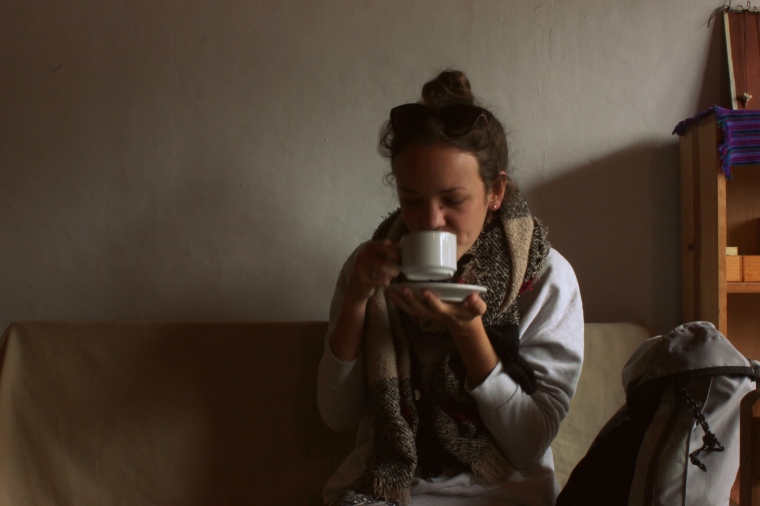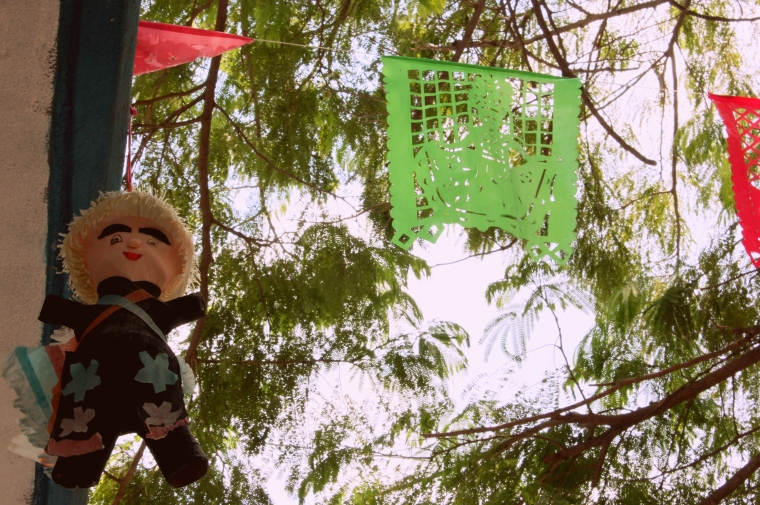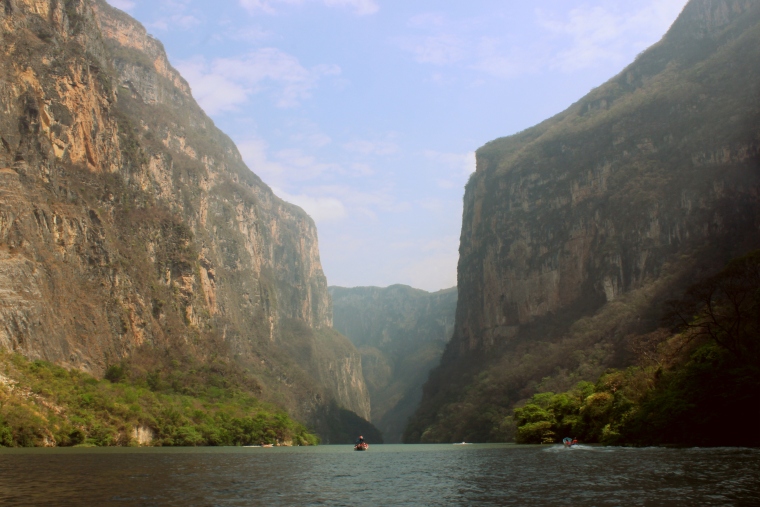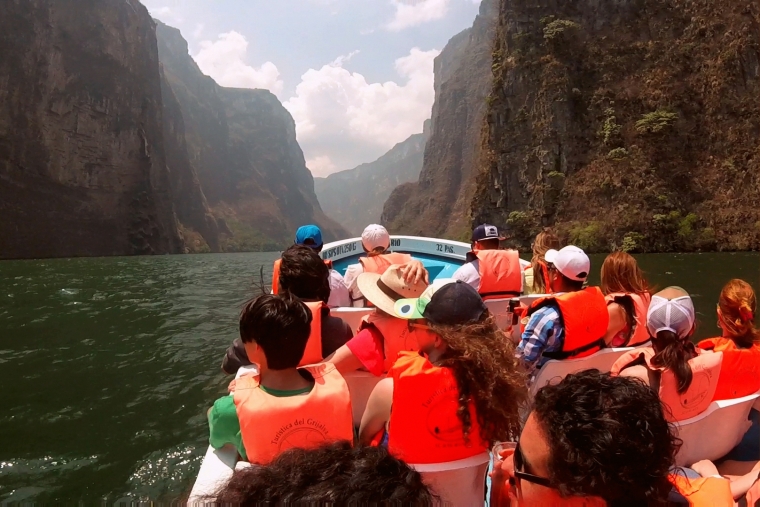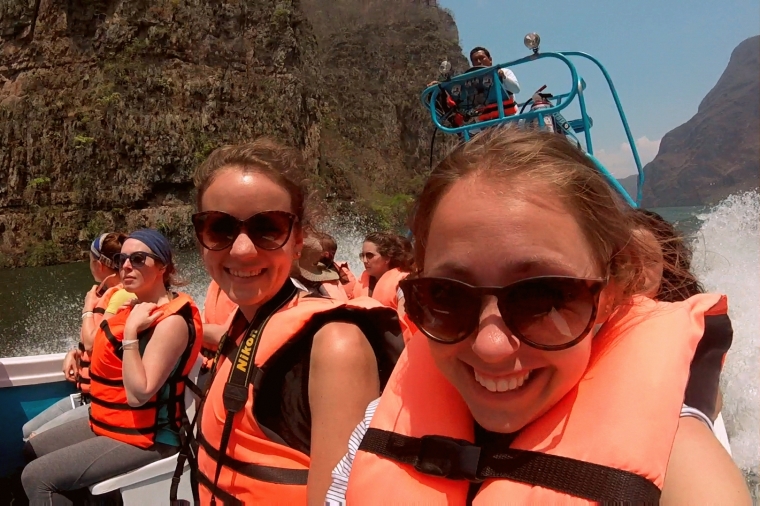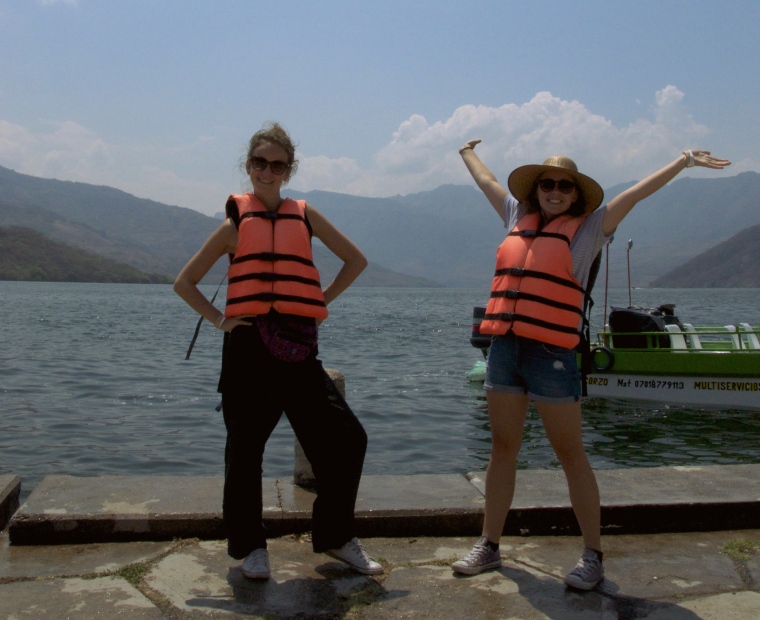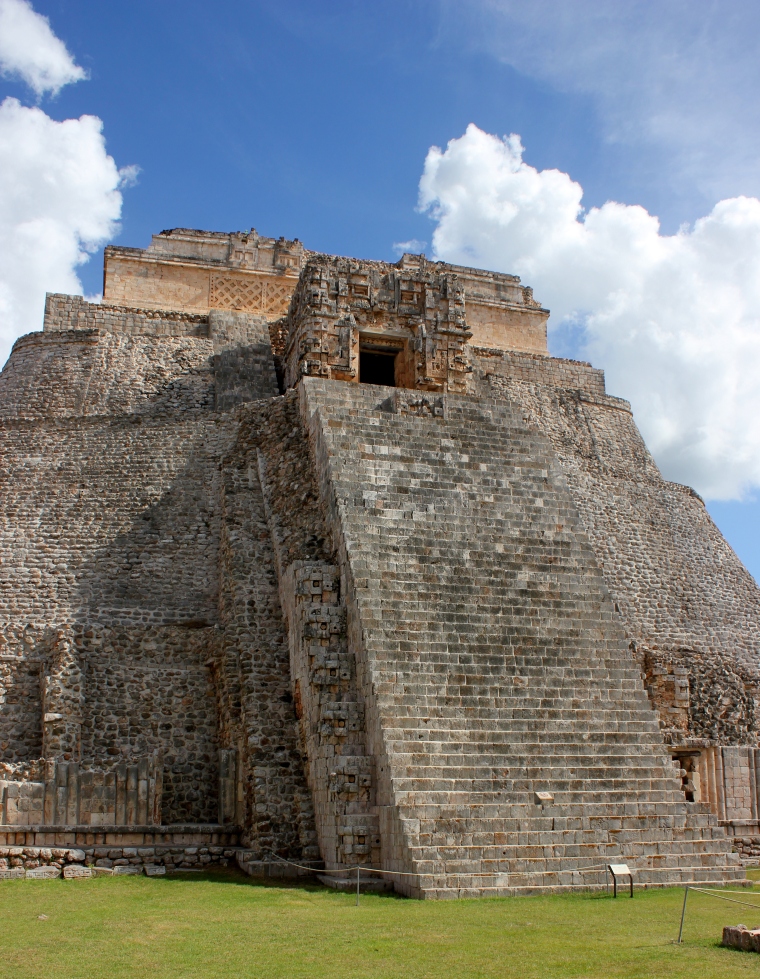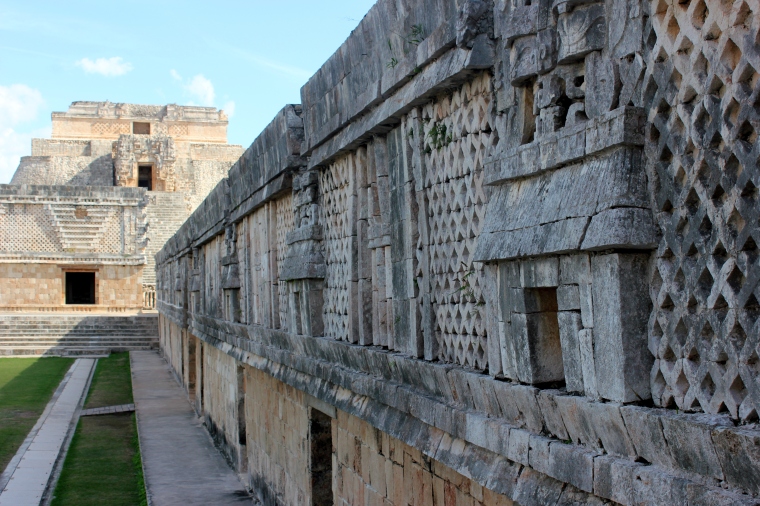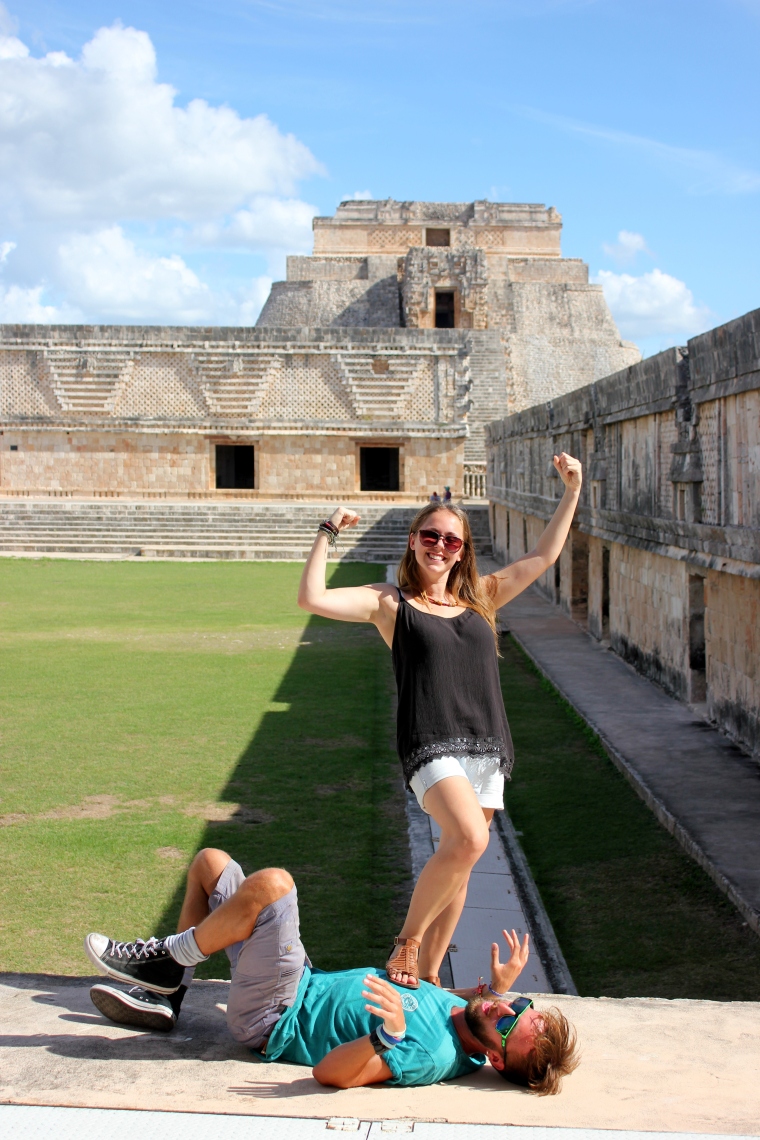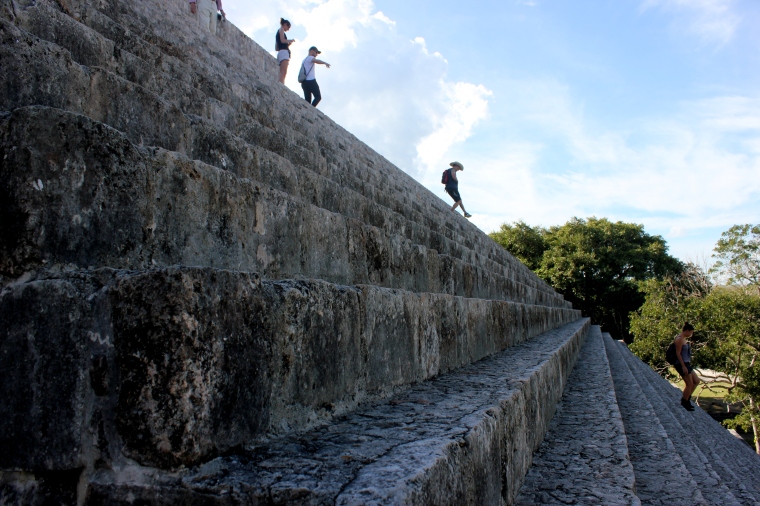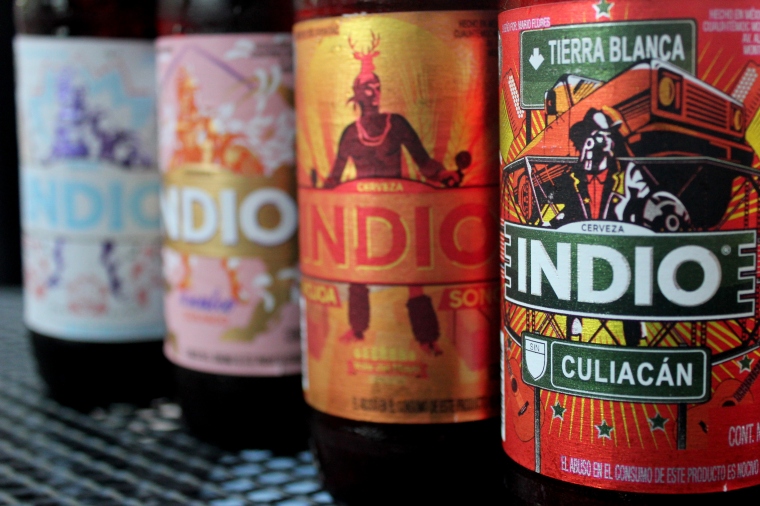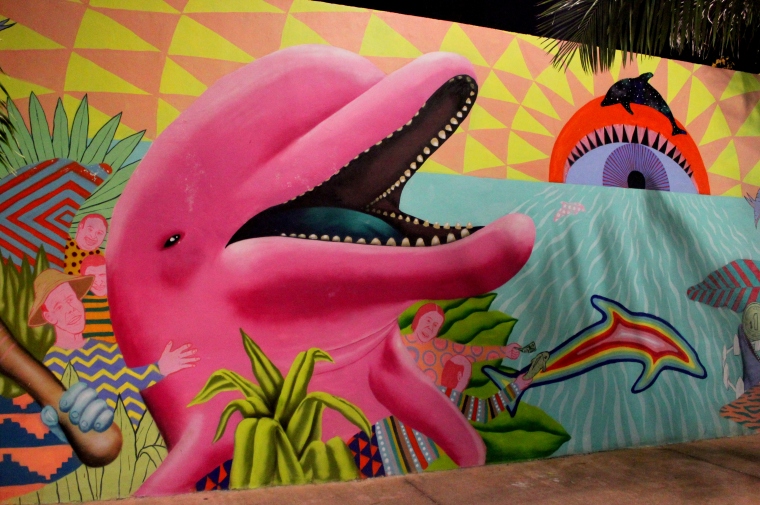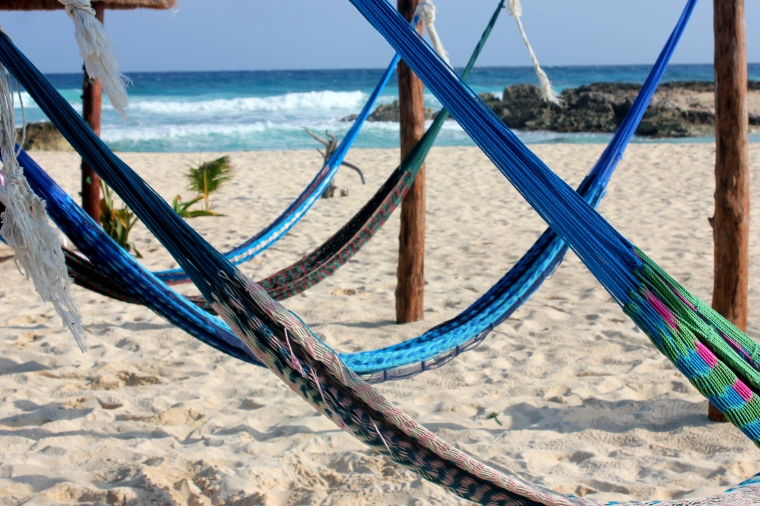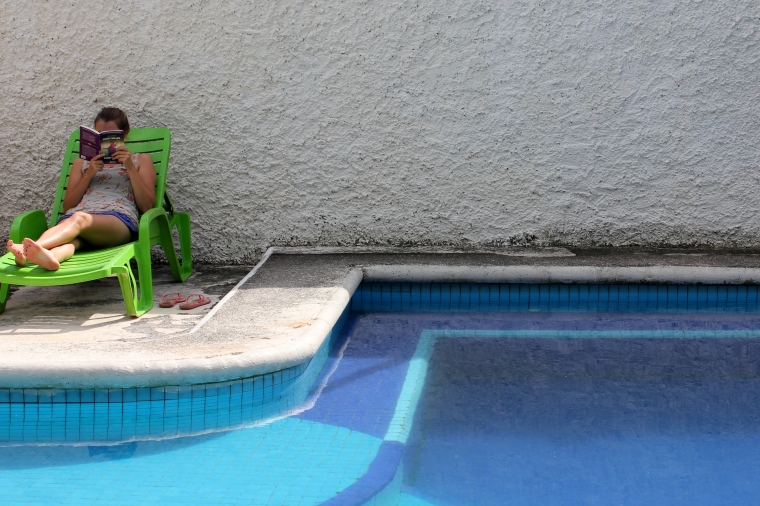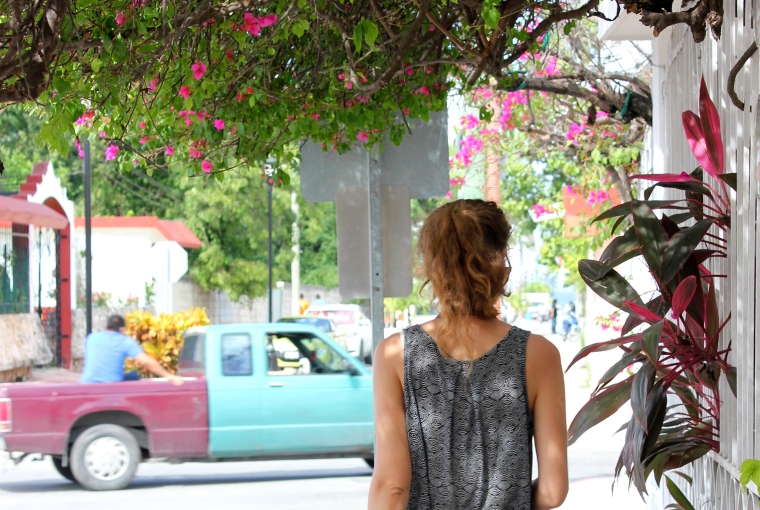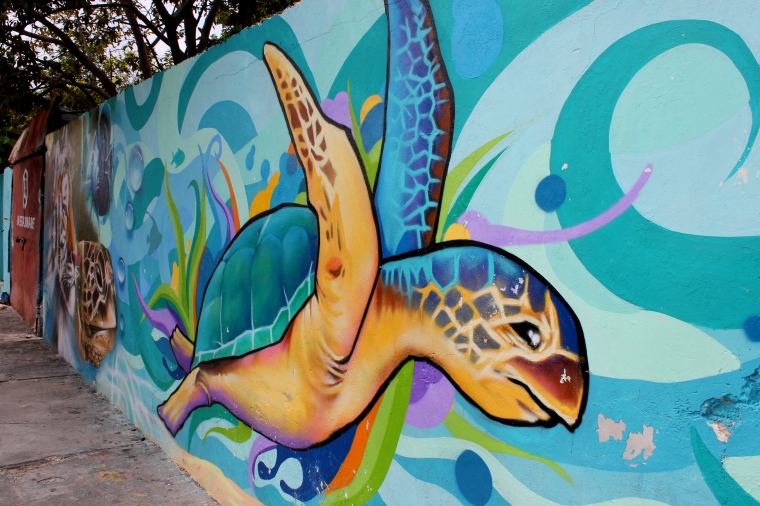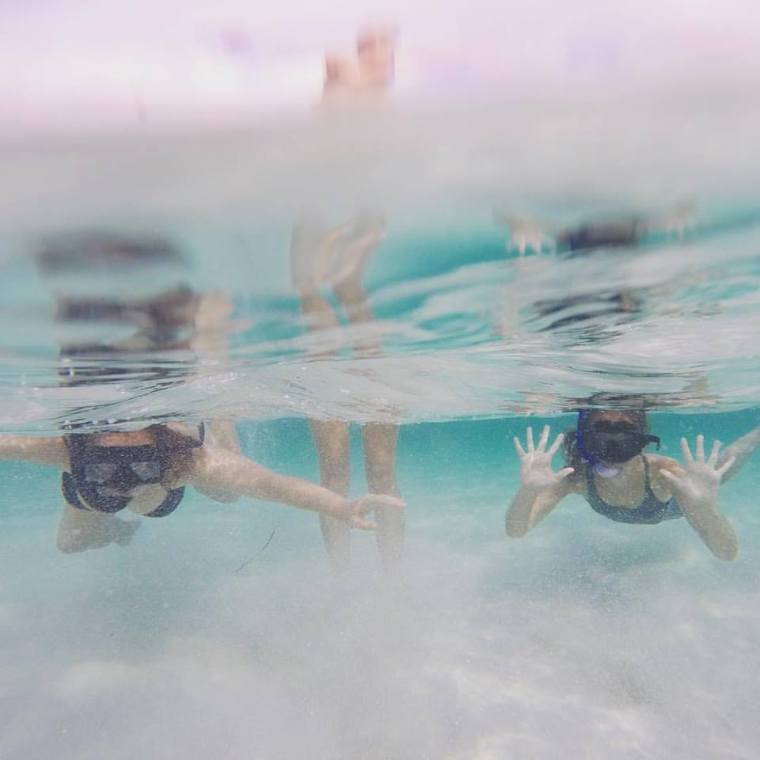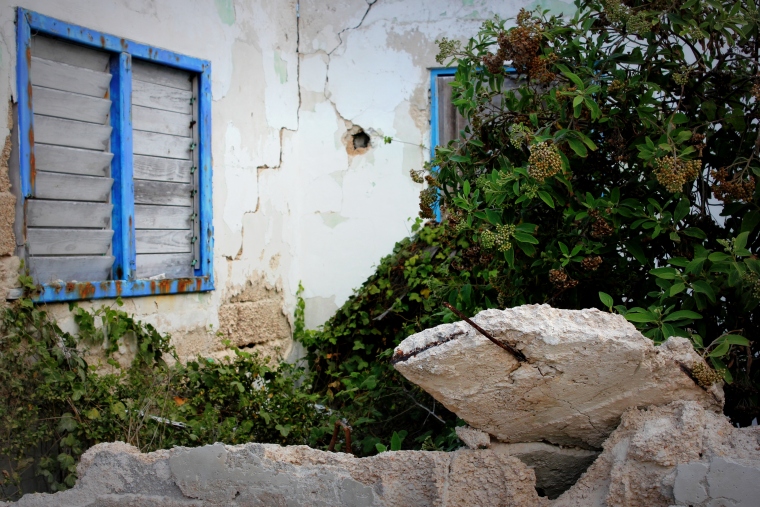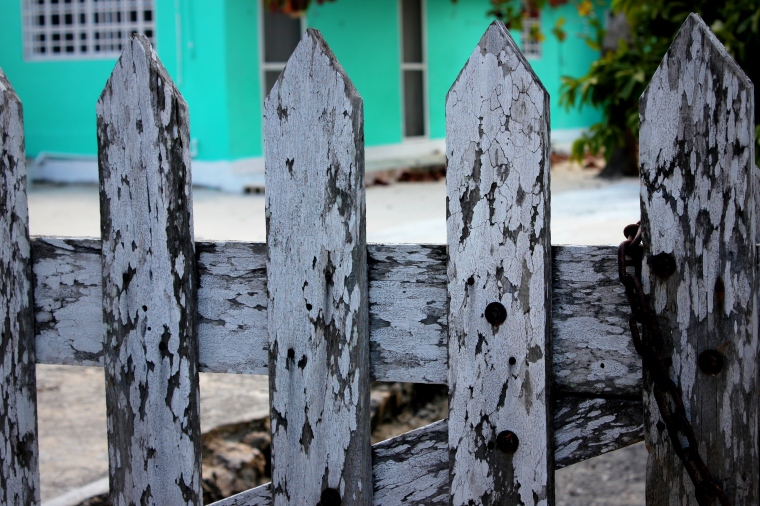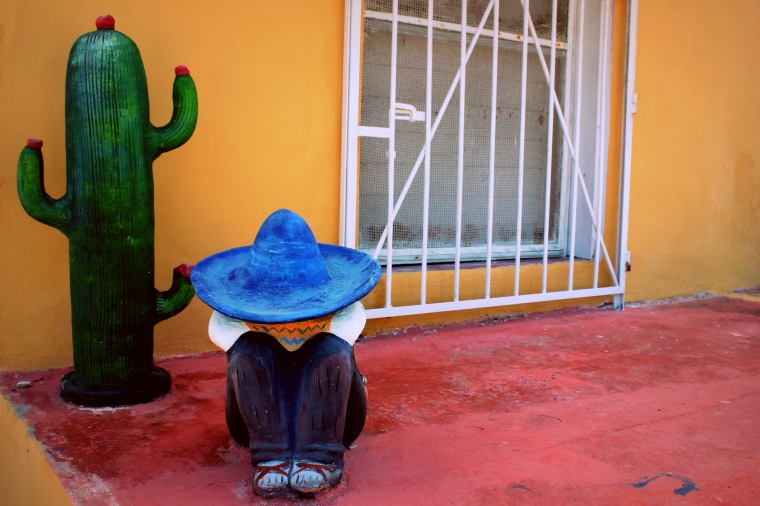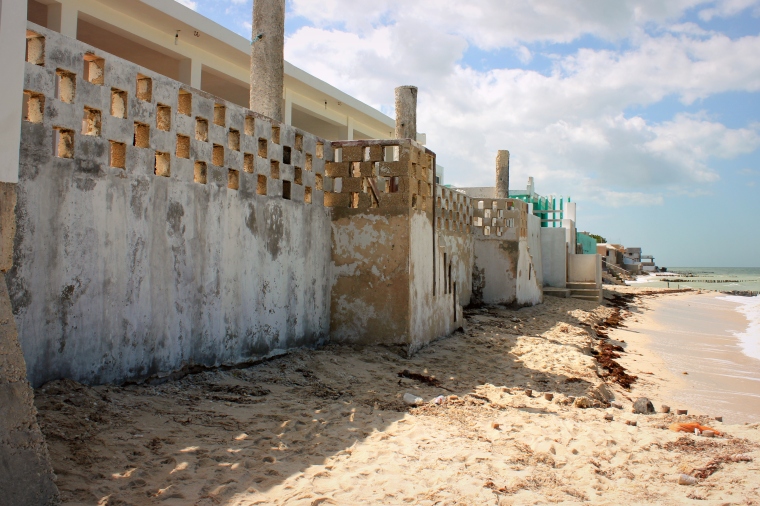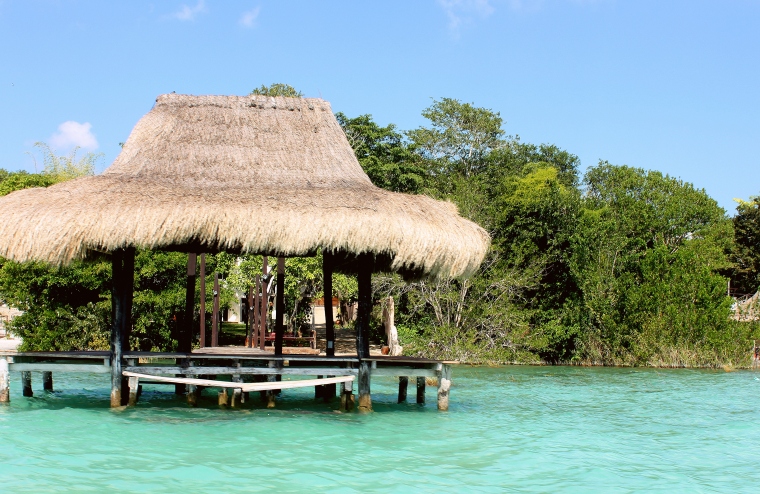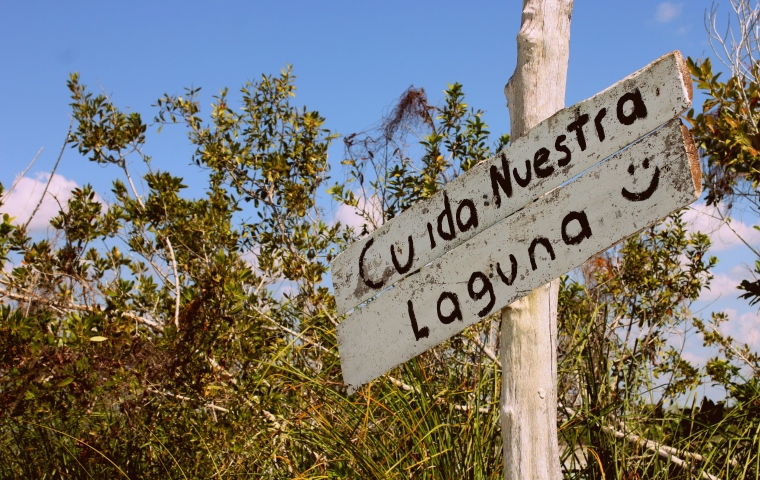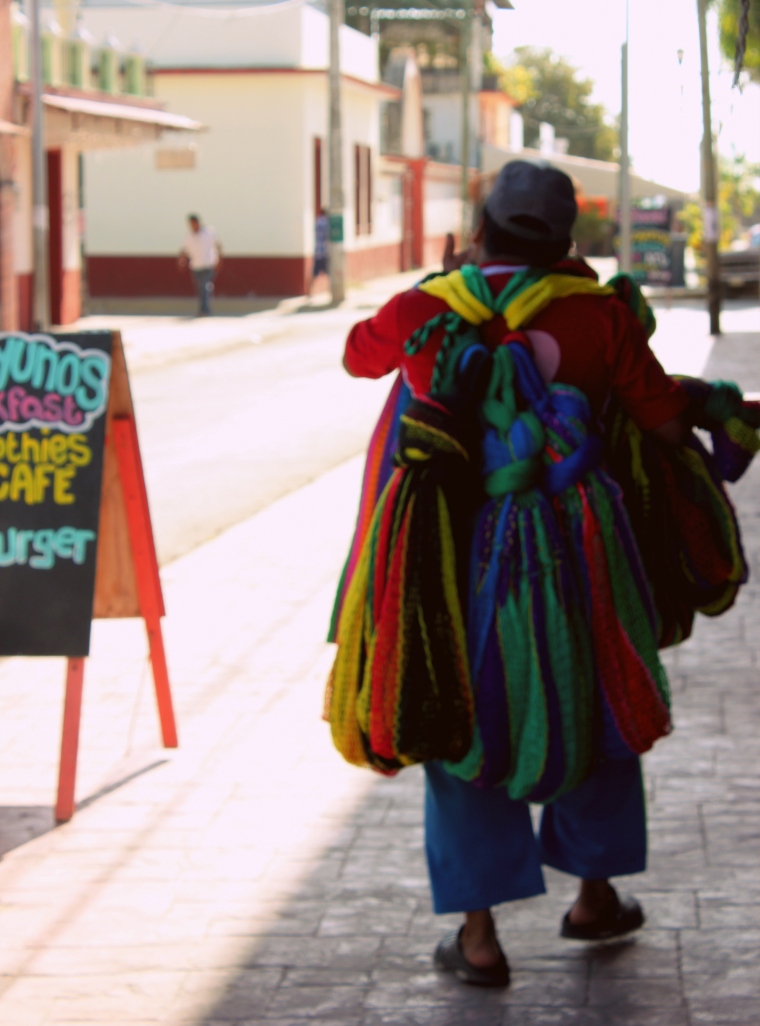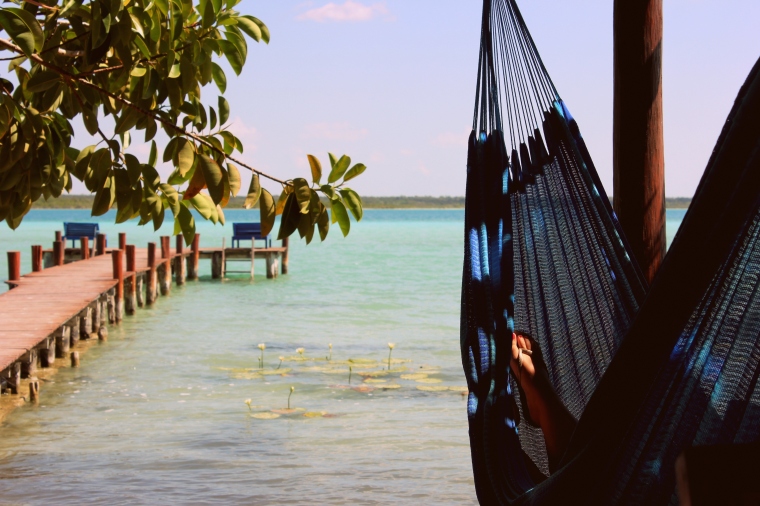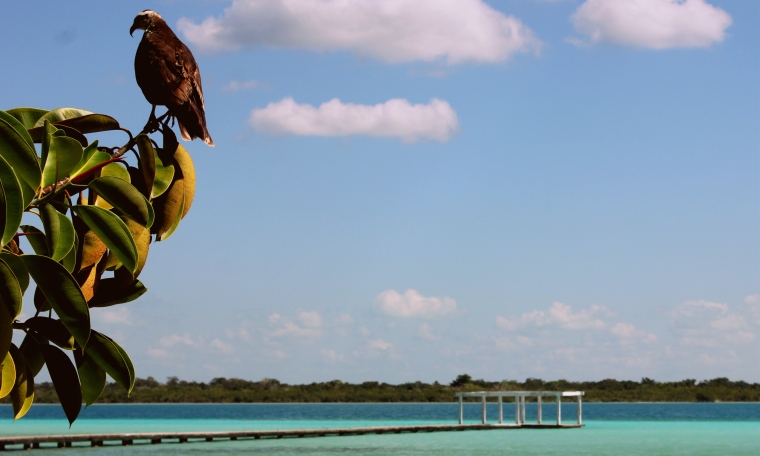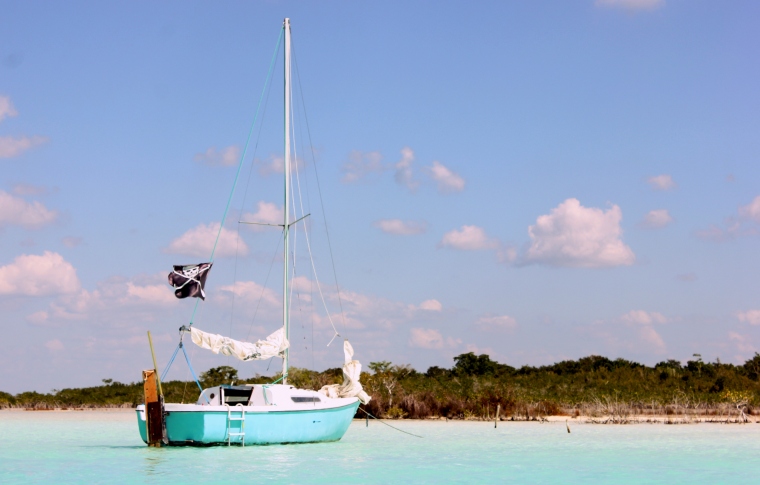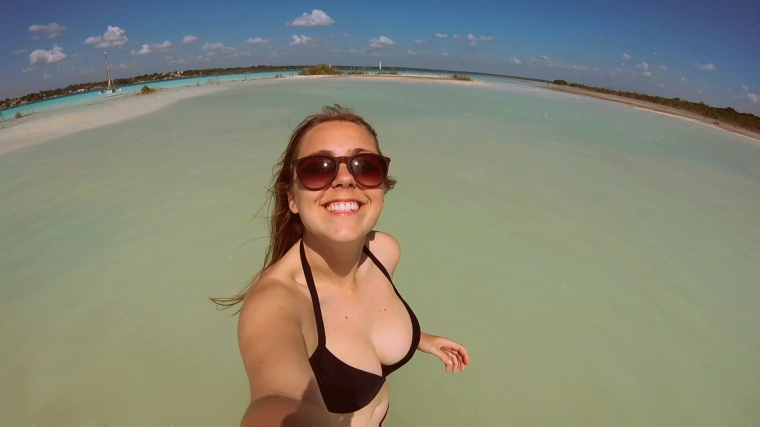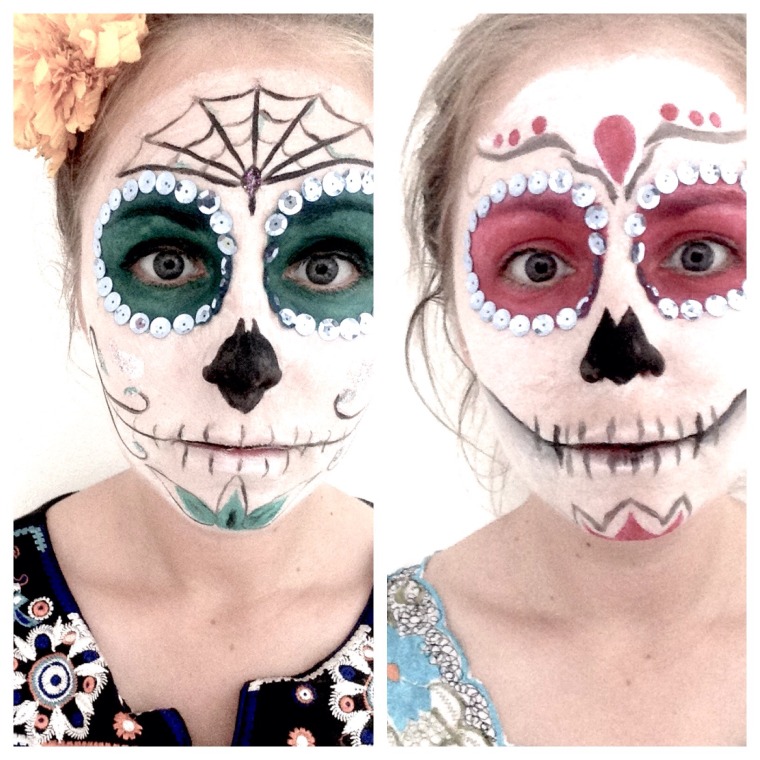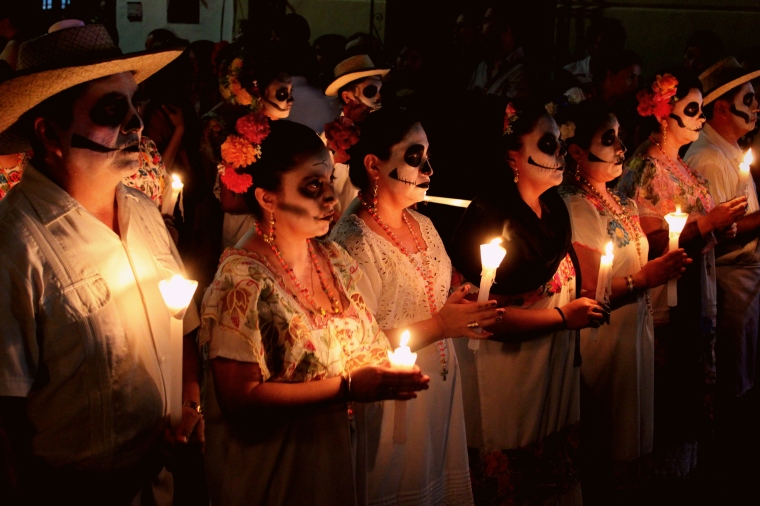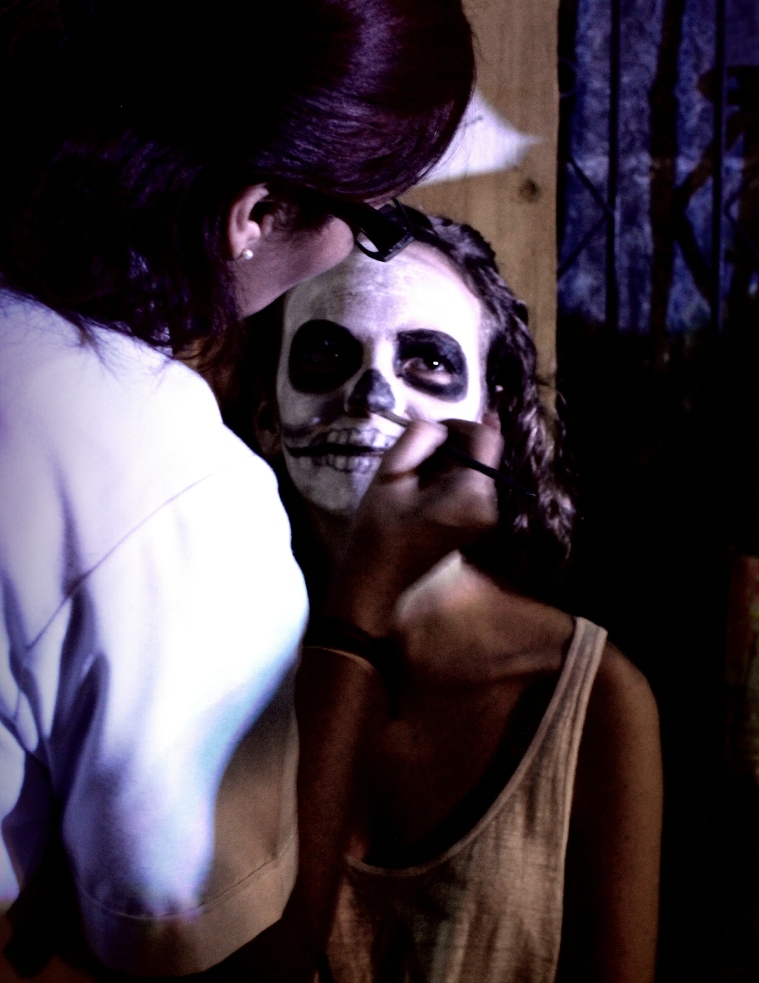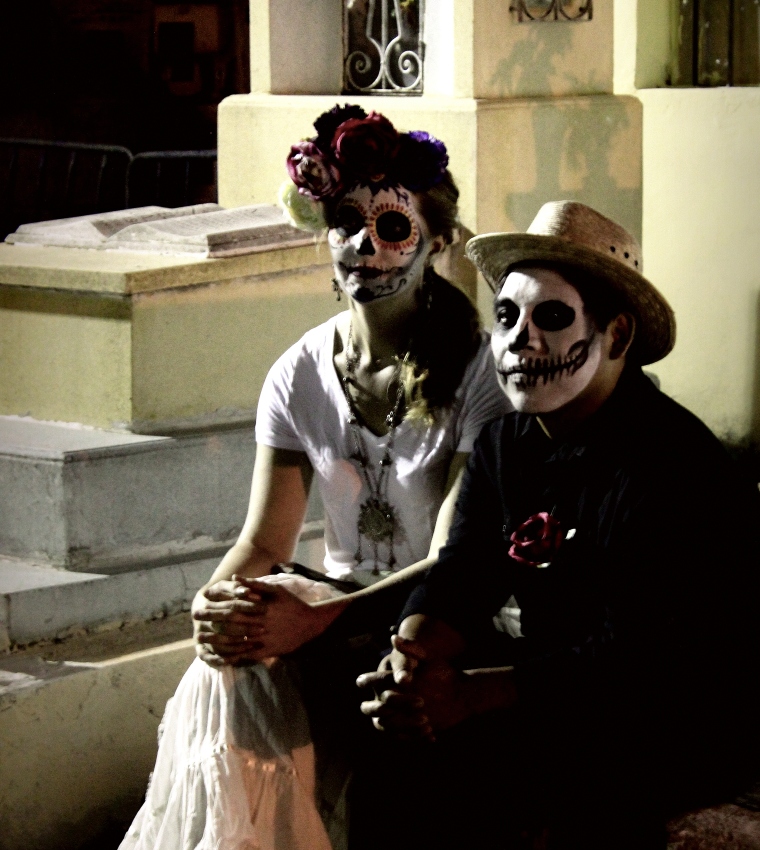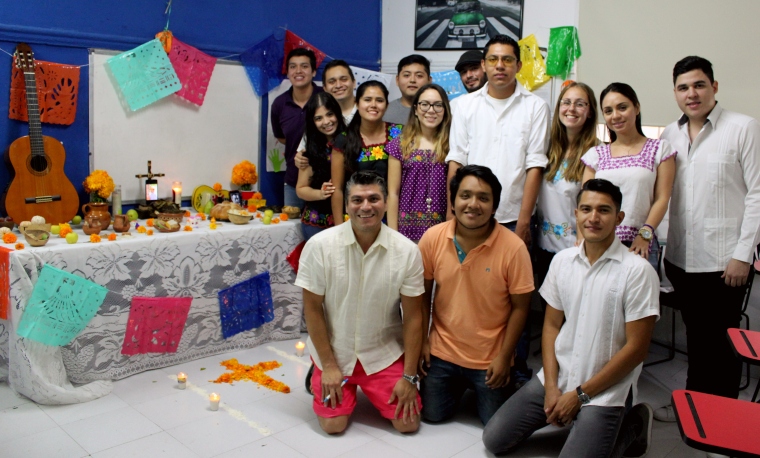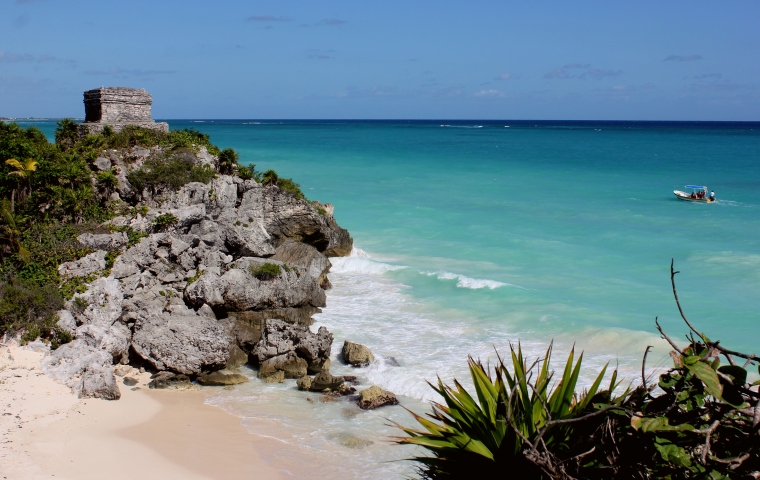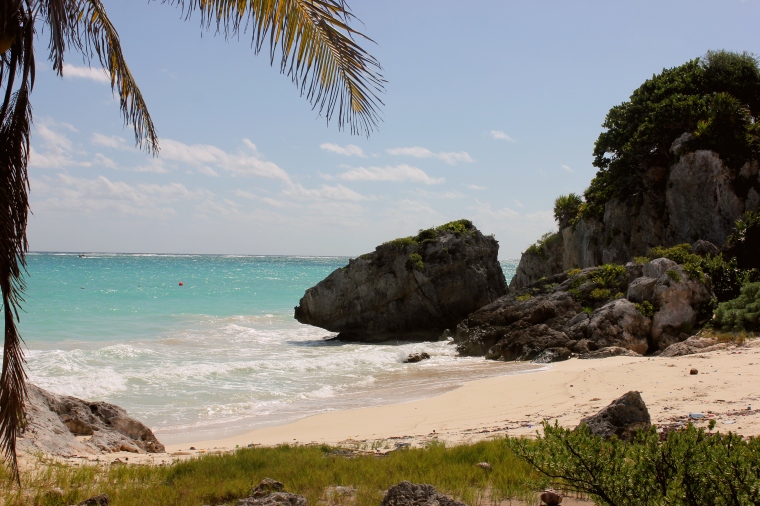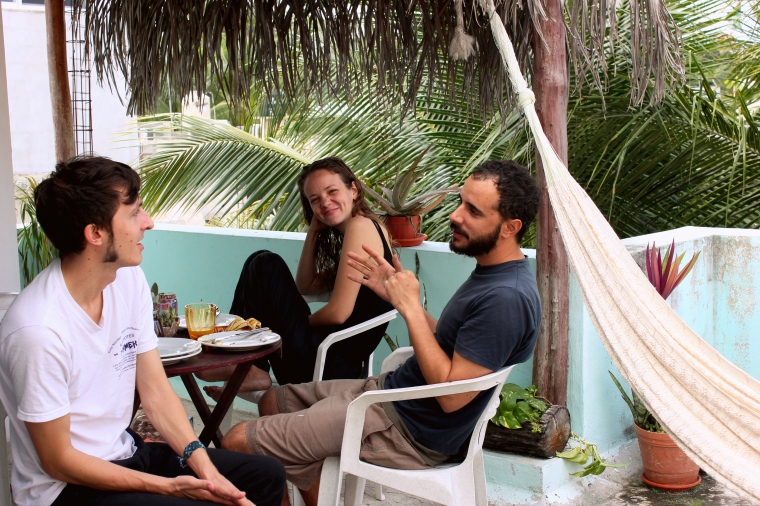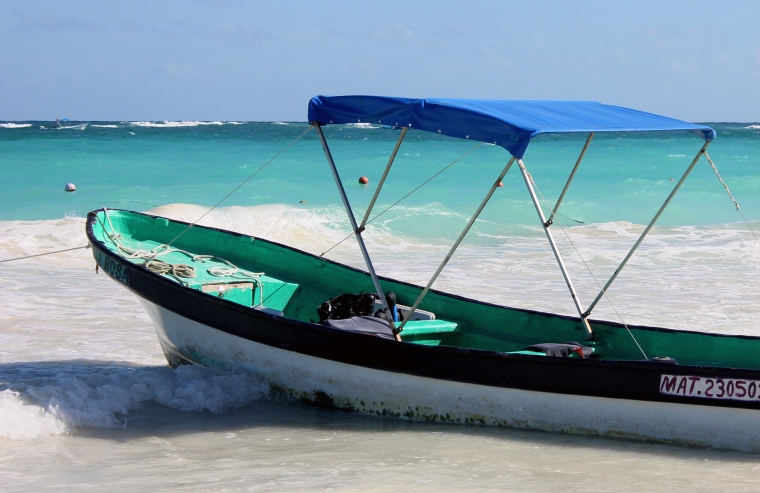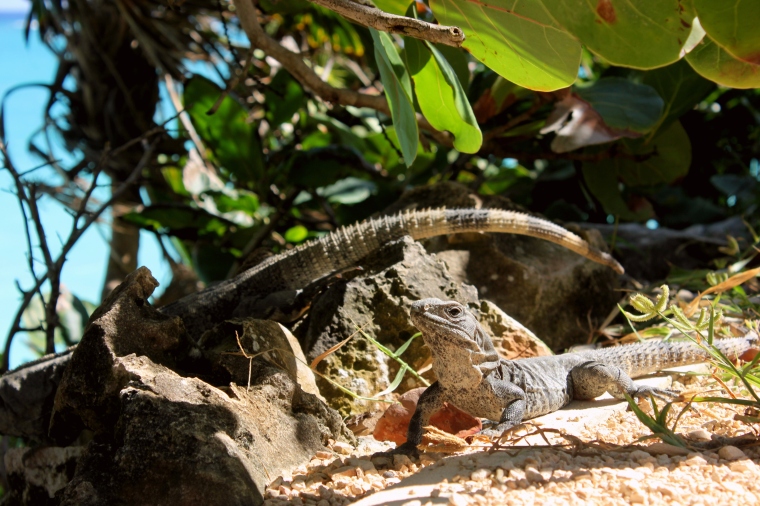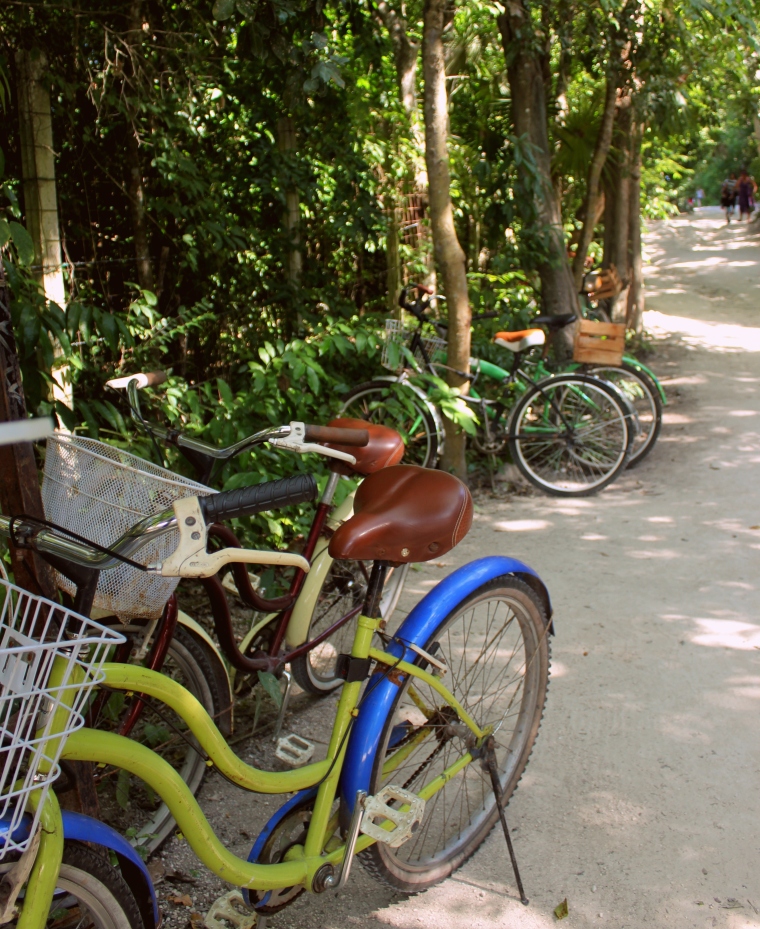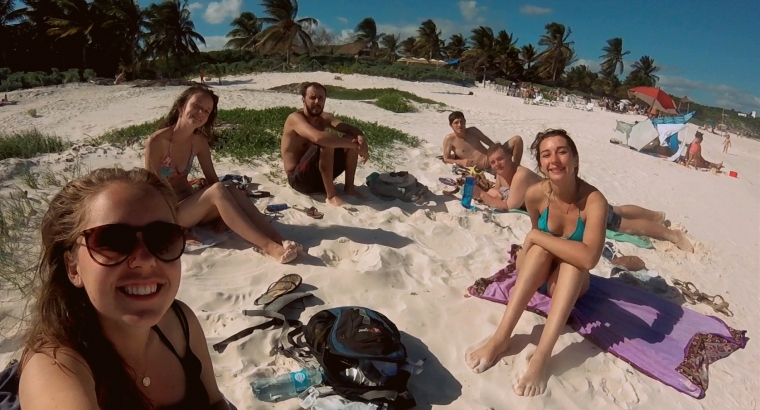I’m finally writing again hooray!! I can hear the cheering now…
It’s taken some time, but I’ve finally decided to write about a trip I recently went on around some of the colonial cities in the centre of Mexico with a colleague from work (perks of brand job yeah). Our first stop on our mega 2-week trip took us to the lovely city of Morelia in the state of Michoacán. It felt very much like Merida, just quite a bit colder! The city is famous for having pink stone architecture but the buildings in the historical centre are much darker which gives the city a more sombre feel. The parks full of people and streets bustling with vendors make it an extremely pleasant city to wander around. At one point we found children performing a traditional dance dressed as elderly people bashing their sticks and shaking their creepy masks at the delighted crowd. We also strolled down to the aqueduct which is not far from the centre and seems quite out of place in a central Mexican city. Here you can see the pink stone more clearly. It’s one of the only structures like this to remain in a good condition in Mexico and it is an extremely important part of the city.
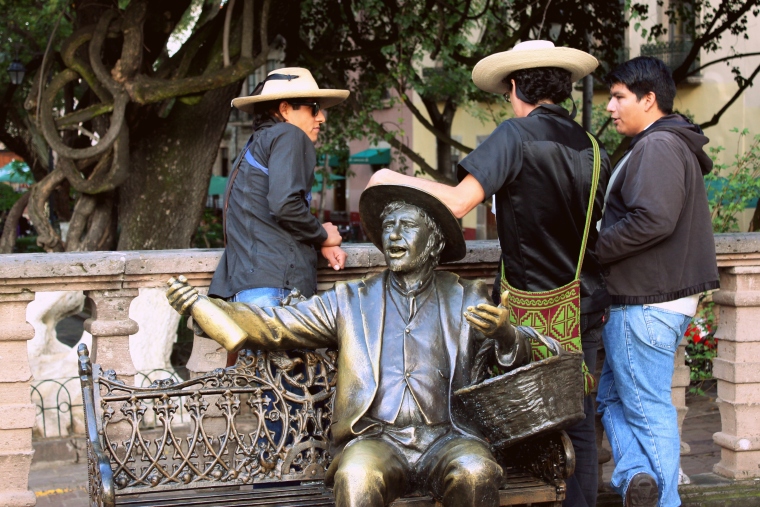
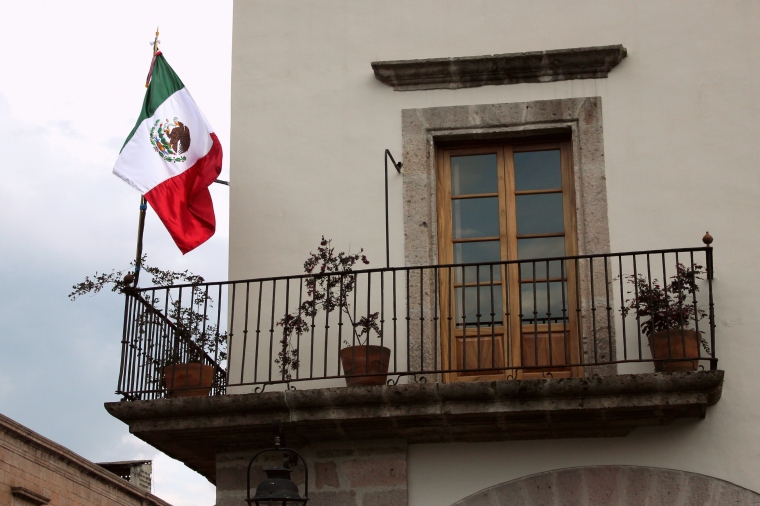
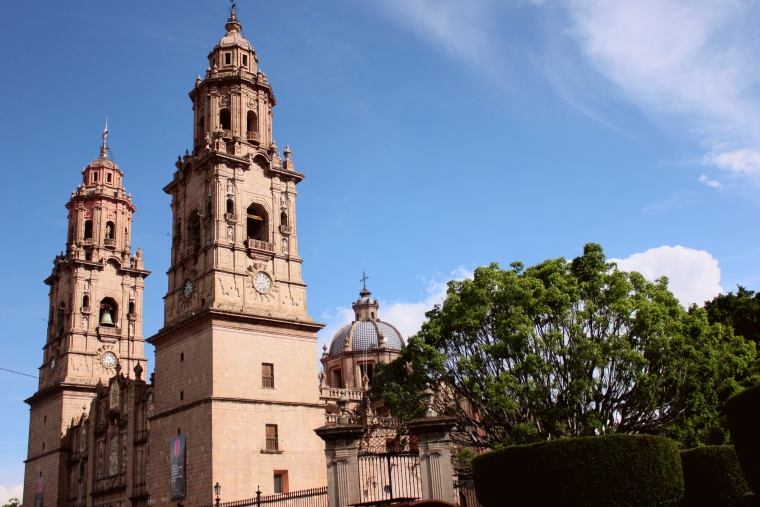
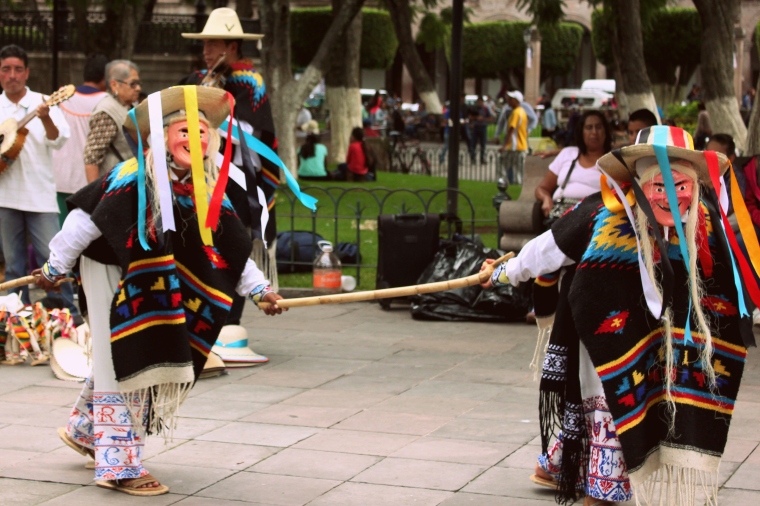
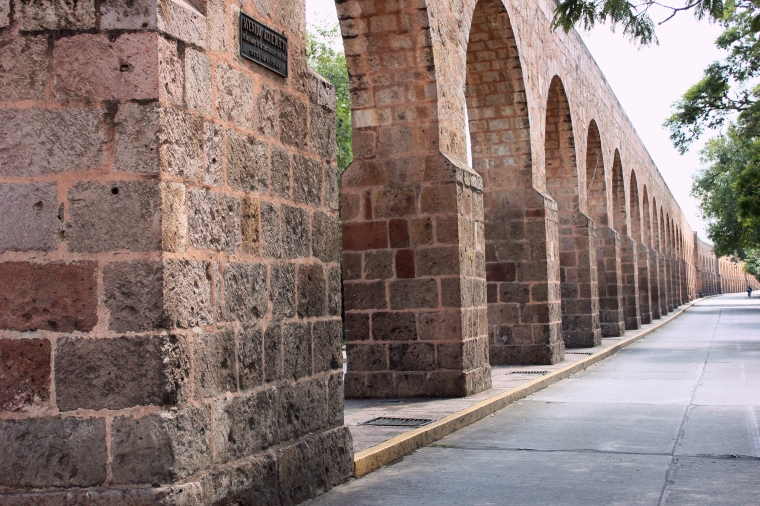
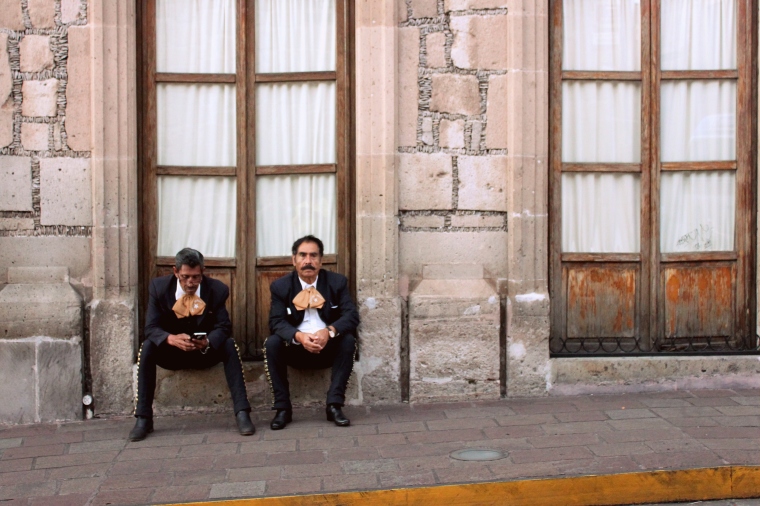
An essential aspect to our trip was the opportunity to taste some food from different parts of the country. We didn’t waste any time in trying some traditional tamales on our first night but the true adventure lay in tasting the bizarre combination of flavors of a gazpacho. This is possibly one of the weirdest things I’ve ever tried but I’d been told that a visit to Morelia without a gazpacho is no real visit at all. So, despite being extremely unconvinced, we found a small stall in the park and watched as the lady served us a cup of the strangest ingredients; jicama, mango, pineapple, watermelon, lime, onion, salt and pepper, crumbled cheese, orange juice and a dollop of spicy sauce on top. It’s as weird as you’re imagining. I really wanted to like it, honestly I did. It was just a bit too much weirdness… We also ate corundas, which are similar to tamales but triangular in shape, and sopa tarasca, a delicious soup of beans, tomatoes, sour cream, chiles and strips of fried tortilla.

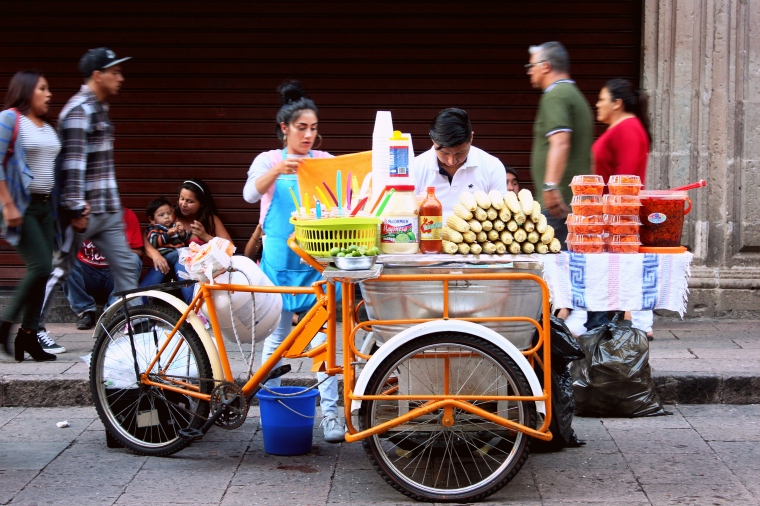
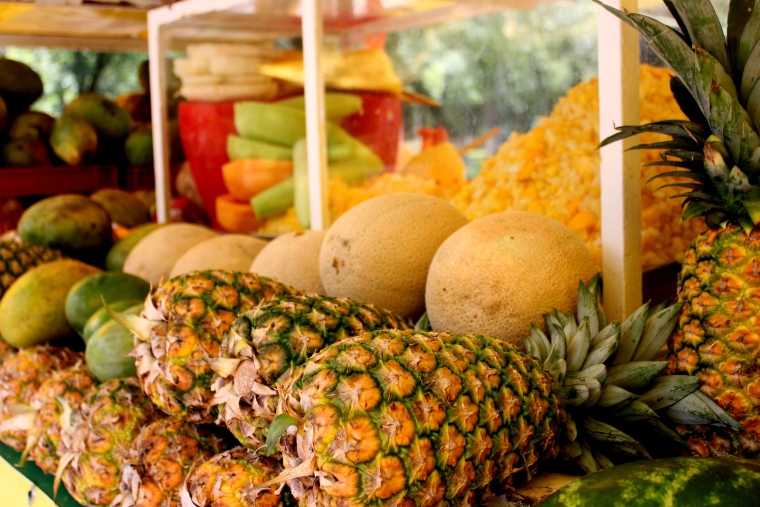
Our other stop in the state of Michoacán was in Patzcuaro. I quite quickly fell in love with Patzcuaro. It’s a much smaller city with 2 central squares lined with cobbled streets and old buildings painted white and brown. All the buildings have the same appearance by law and the views of the mountains in the backdrop give it a true Mexican feel. I actually spent a night wandering the centre alone as my travel buddy was ill and I felt extremely safe and comfortable here.
We did quite a lot of exploring of the areas around Patzcuaro. This included a rainy visit to the island of Janitzio. I ended up lending my umbrella to our Mexican guide who was getting soaked – I’m a Brit, raised in Devon and educated in Cardiff, I take an umbrella with me everywhere. We walked to the top of the island where there’s a giant statue with a million steps inside. This would have been much nicer if it wasn’t pouring with rain. Another stop was to Santa Clara del Cobre which is a Magic Town town where artisans create beautiful objects, pieces of furniture and works of art from copper. This was great fun as we stumbled into a workshop and spent an hour learning how to make a pot from copper. We also had a great morning on the lake Zirahuen where we borrowed a small rowing boat and paddled in circles for about half an hour. Our guide, wasn’t too impressed about this but I was just happy that it wasn’t raining and we were doing a grand amount of exercise!
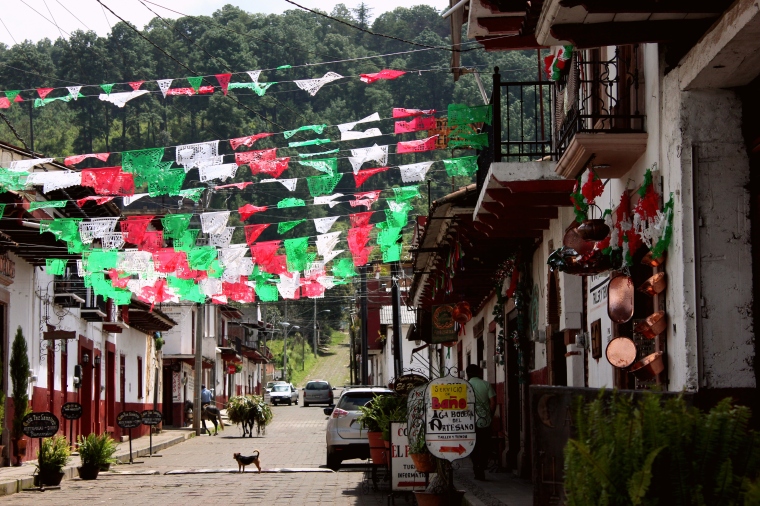
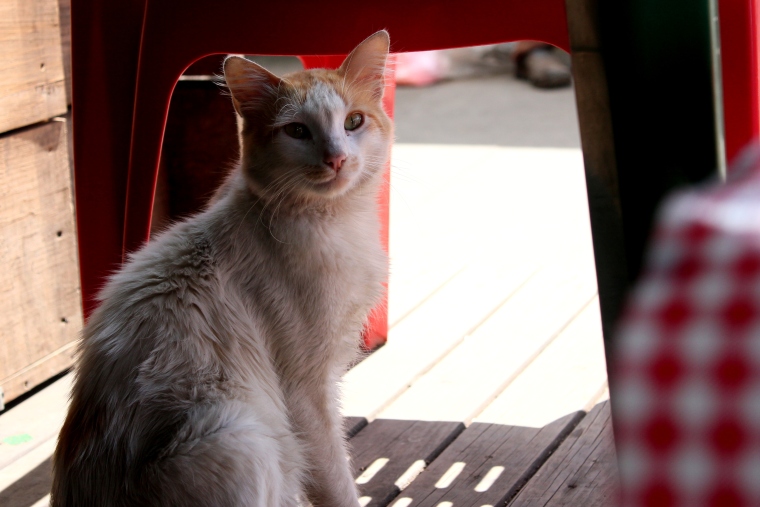
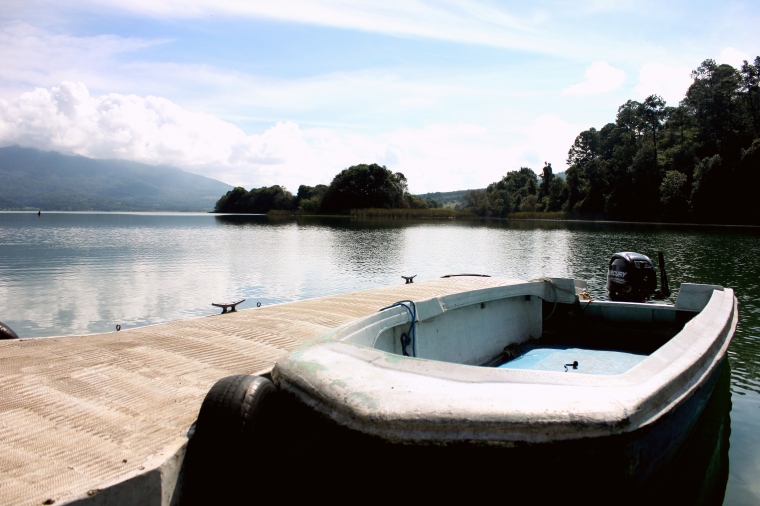
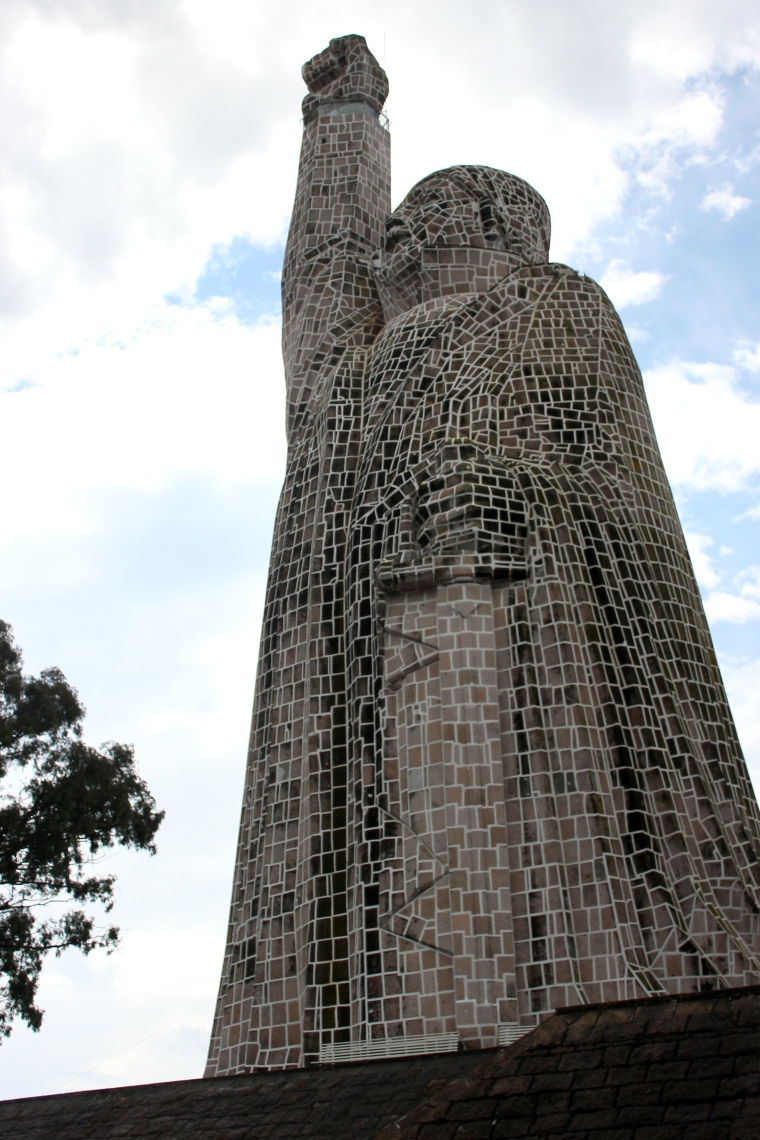
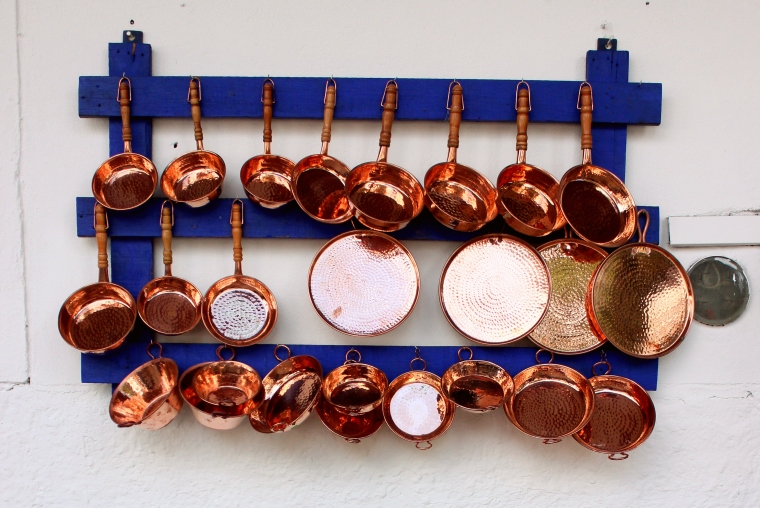

On the road between Morelia and Patzcuaro there’s a small town called Capula which is the home of the Catrina. This is what you see many women dress up as for Day of the Dead celebrations. This was a tiny town but a stroll up the main straight will take you past many small shops and workshops making and painting these intricate Catrinas. They also have a very distinctive style of pottery which I could have spent all my money on. I didn’t. But I will in the future when I have money to fly to a small town in the mountains just to buy plates and jugs.
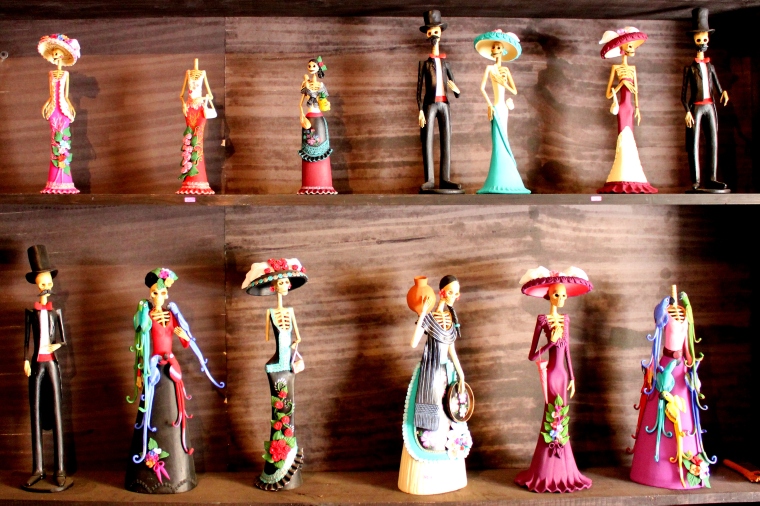

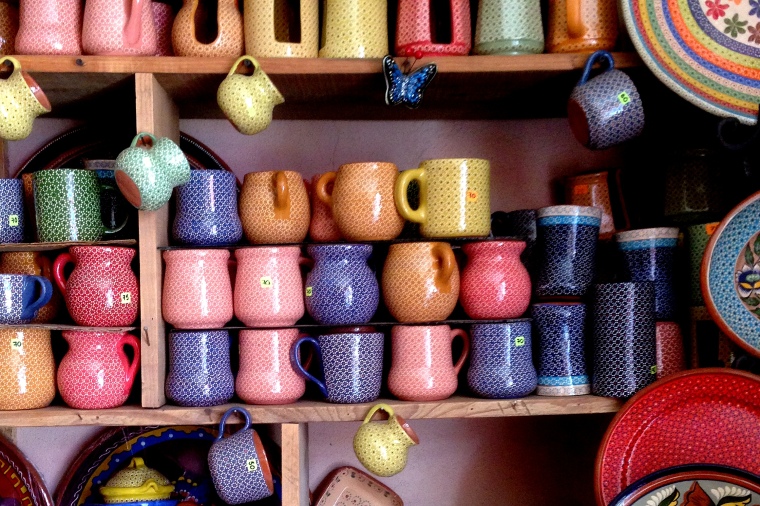
This was just the first stop on our journey through the colonial cities and it was only the start of a really great experience in a part of Mexico that, until now, has seemed completely alien to me. Mexico is so so huge and each state has its own character, people, and gastronomy and visiting them is like taking a trip across the countries of Europe. Stay tuned for Part 2, coming soon…
